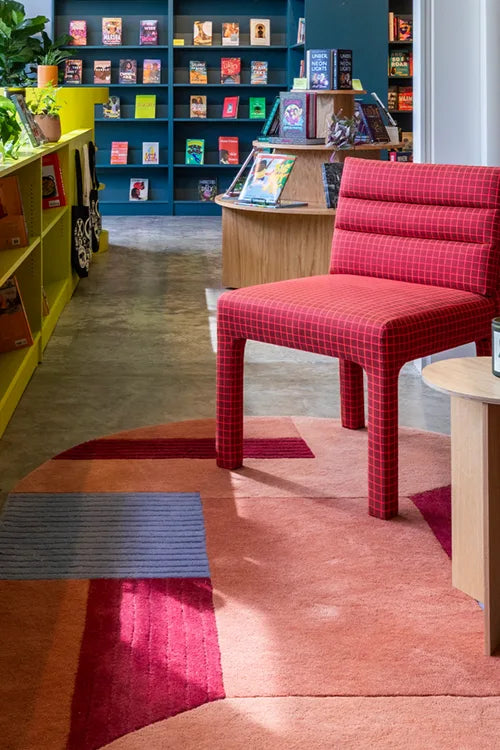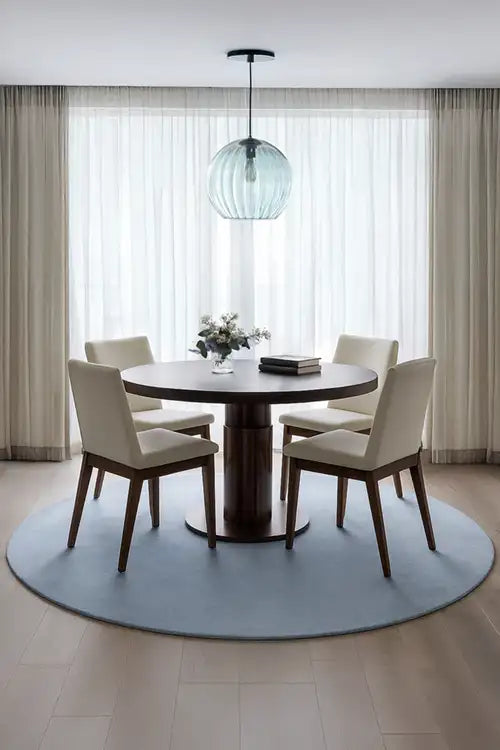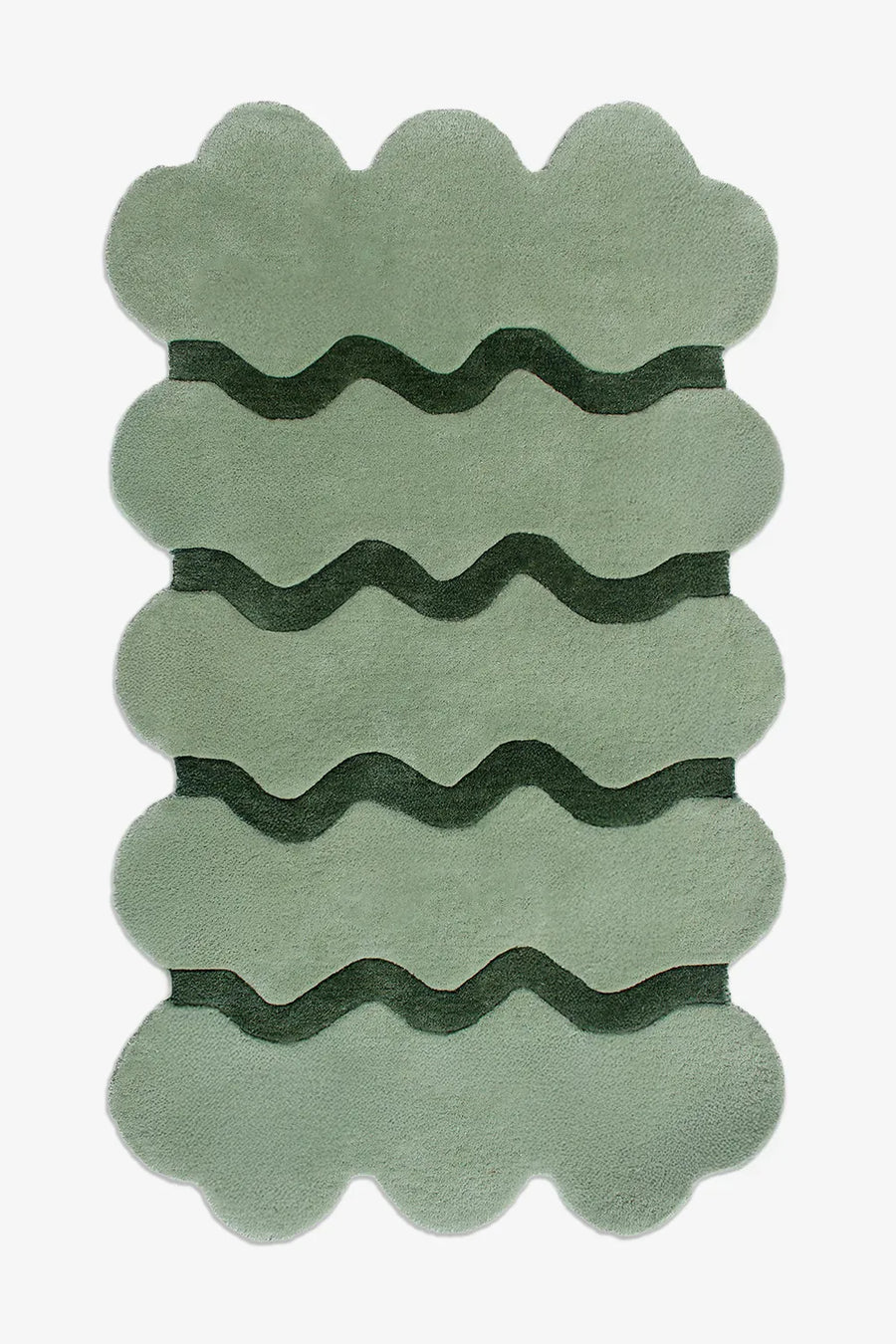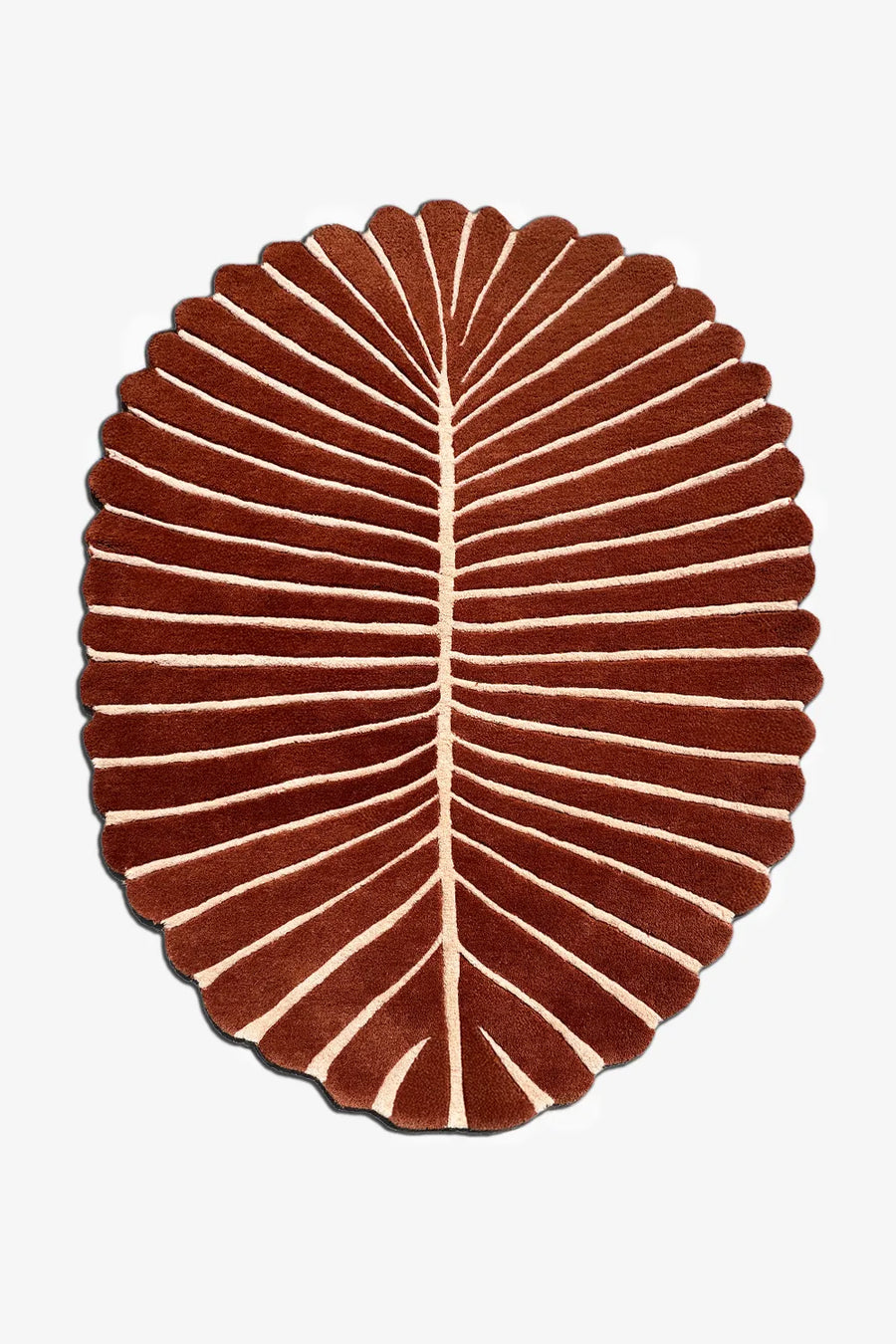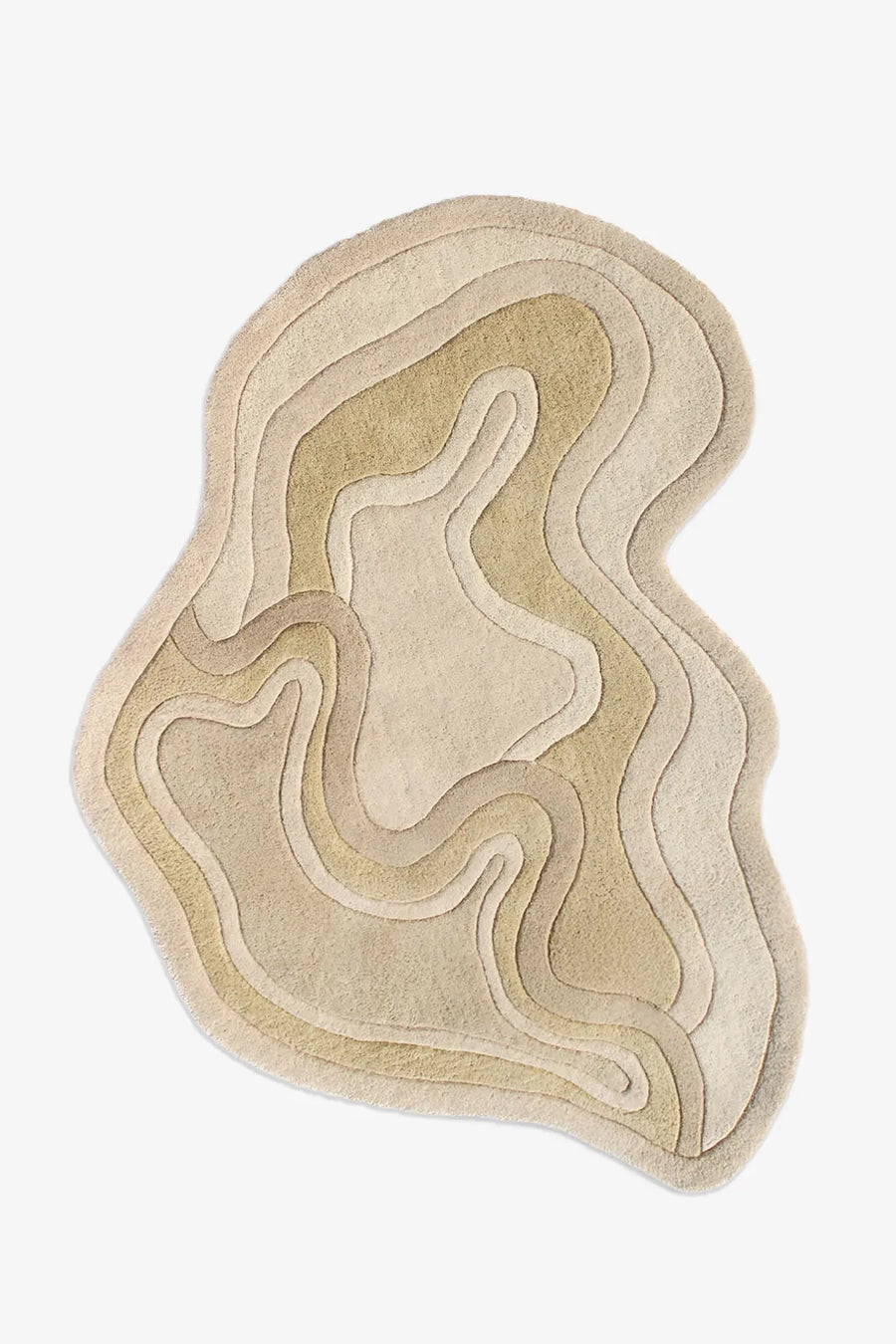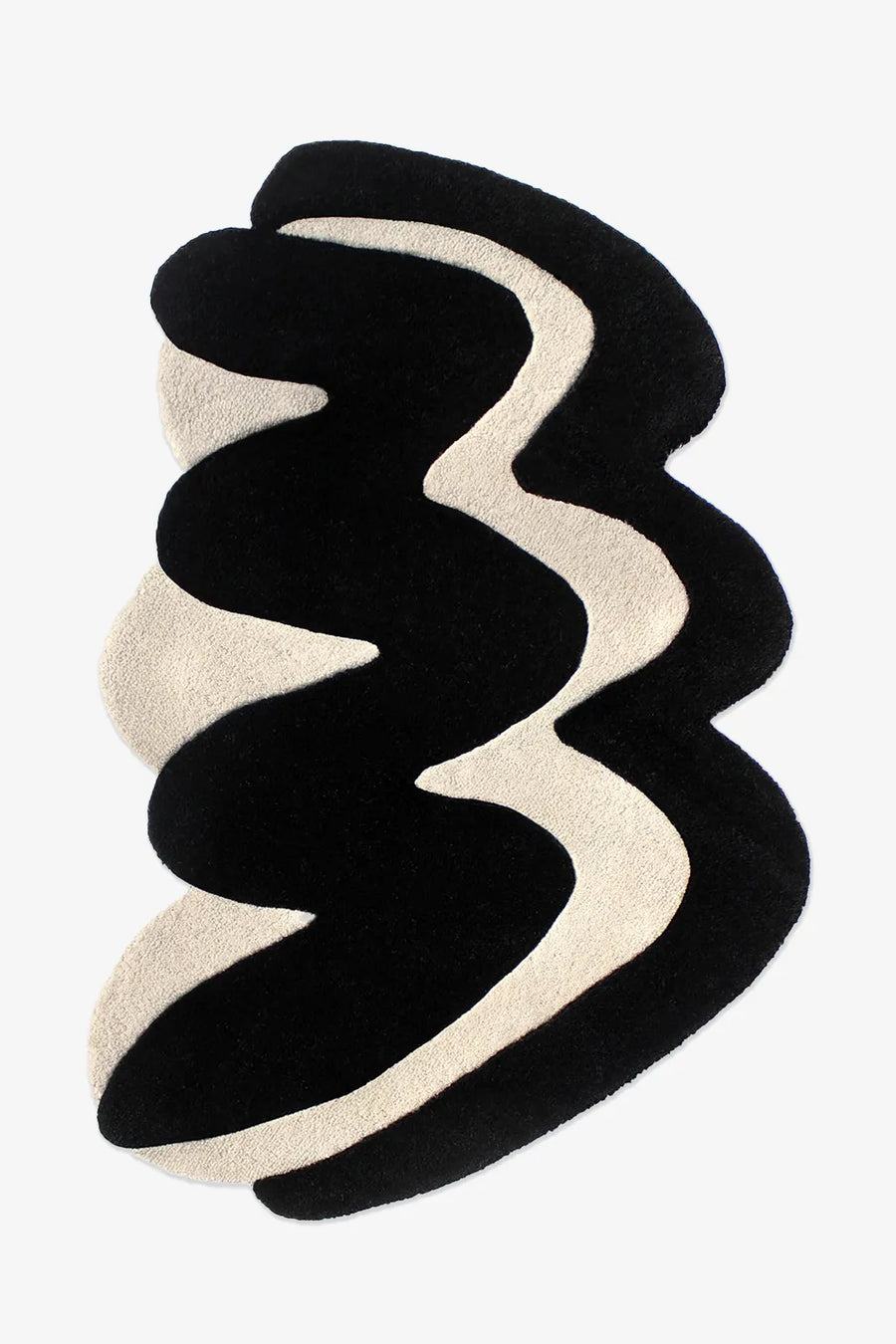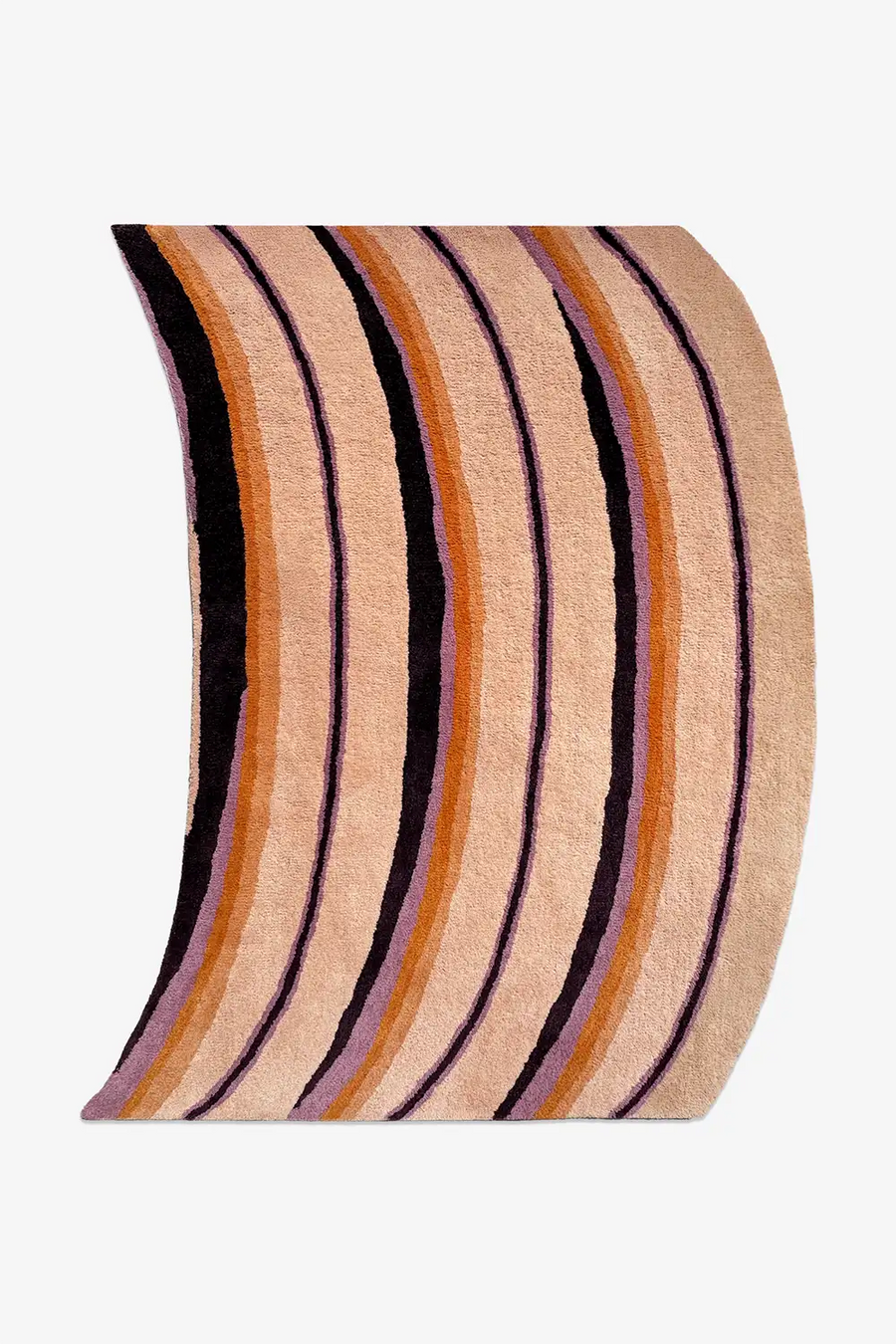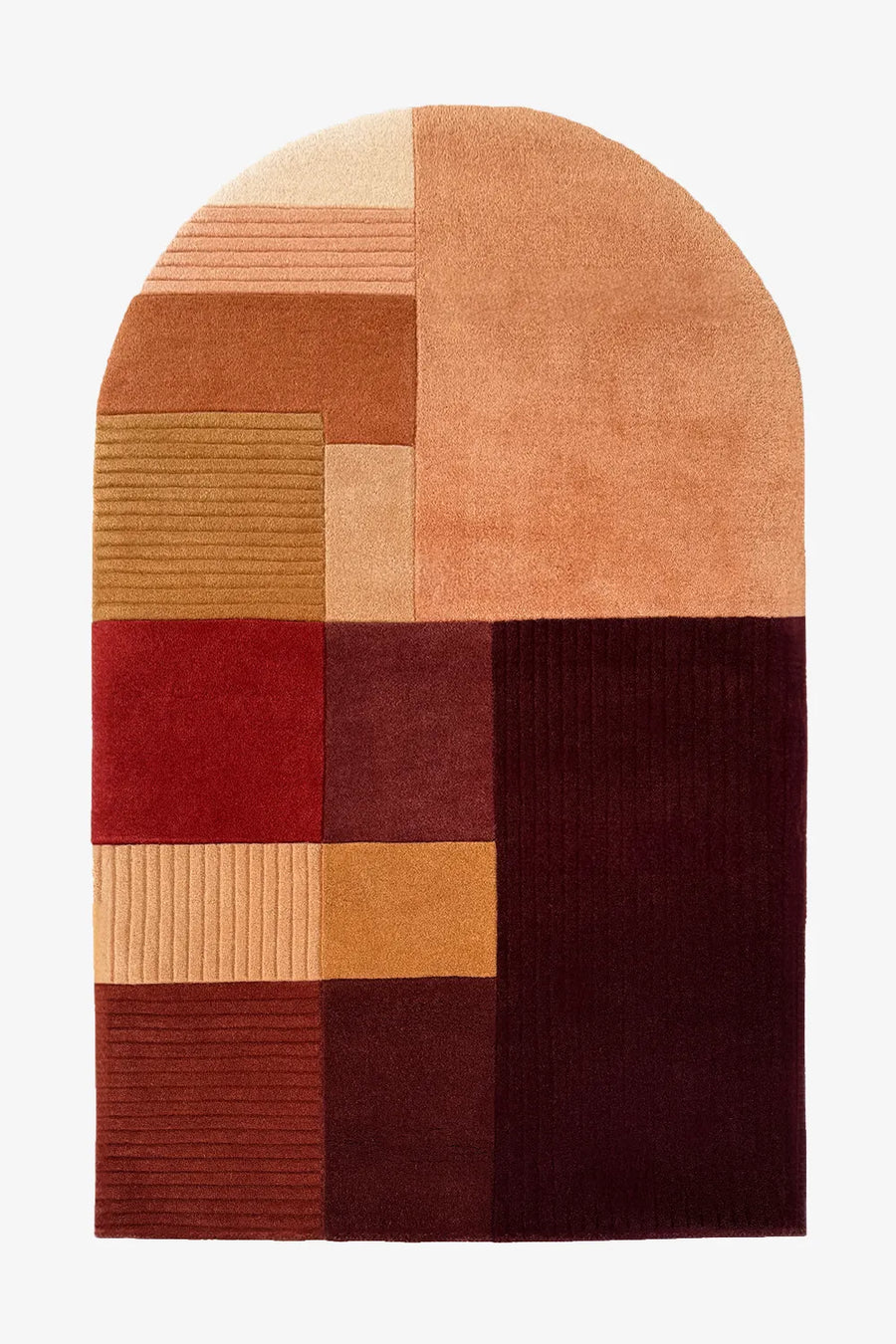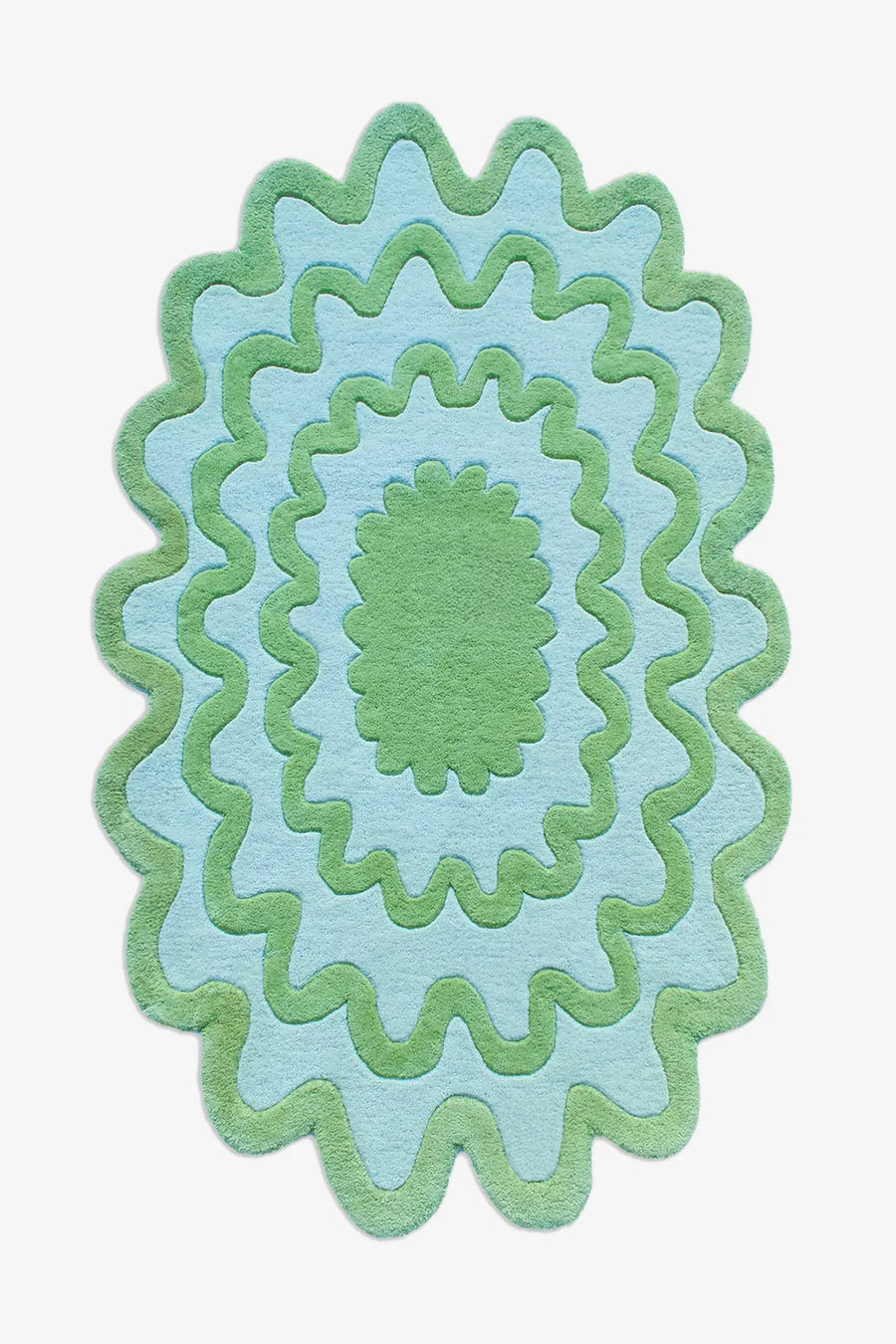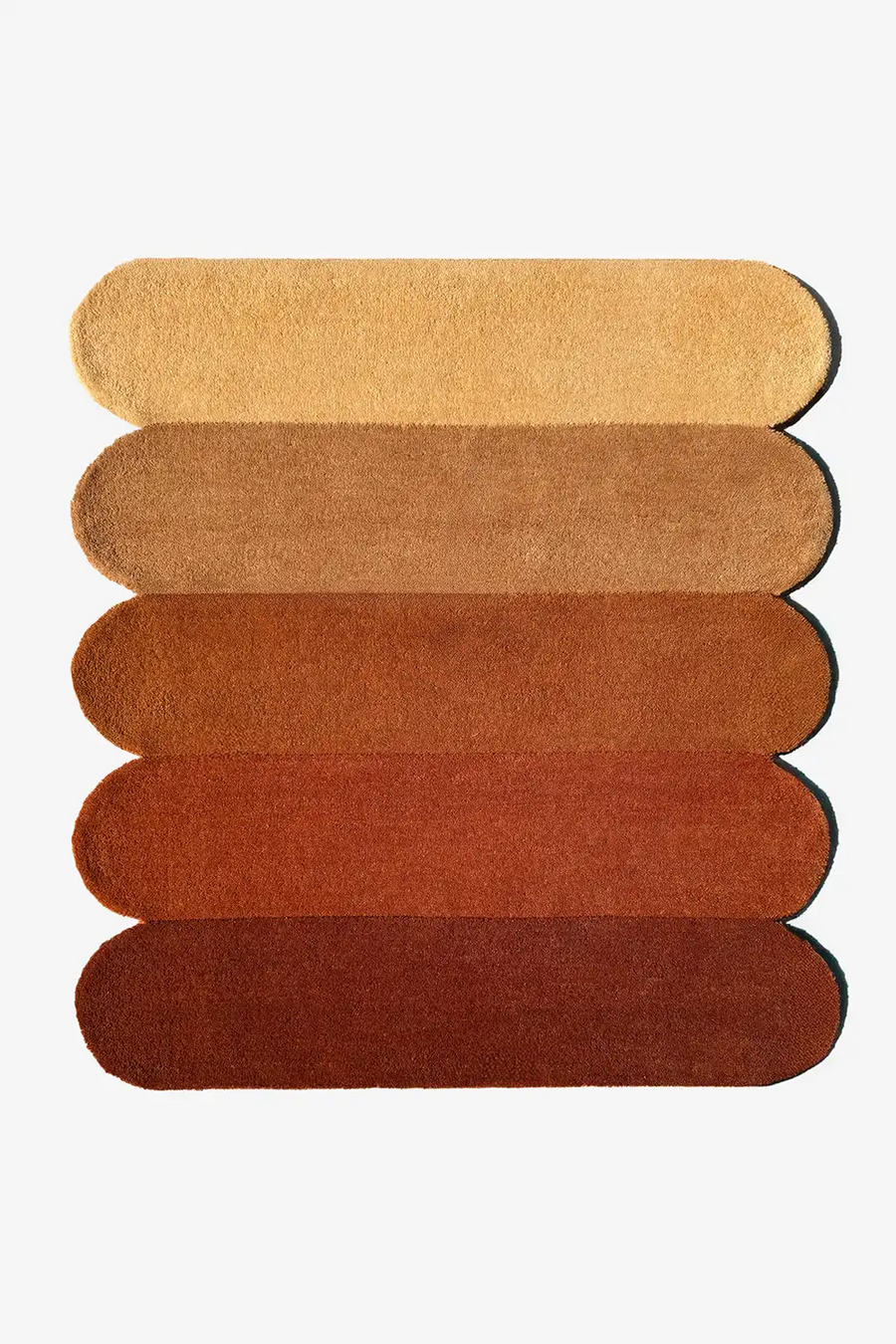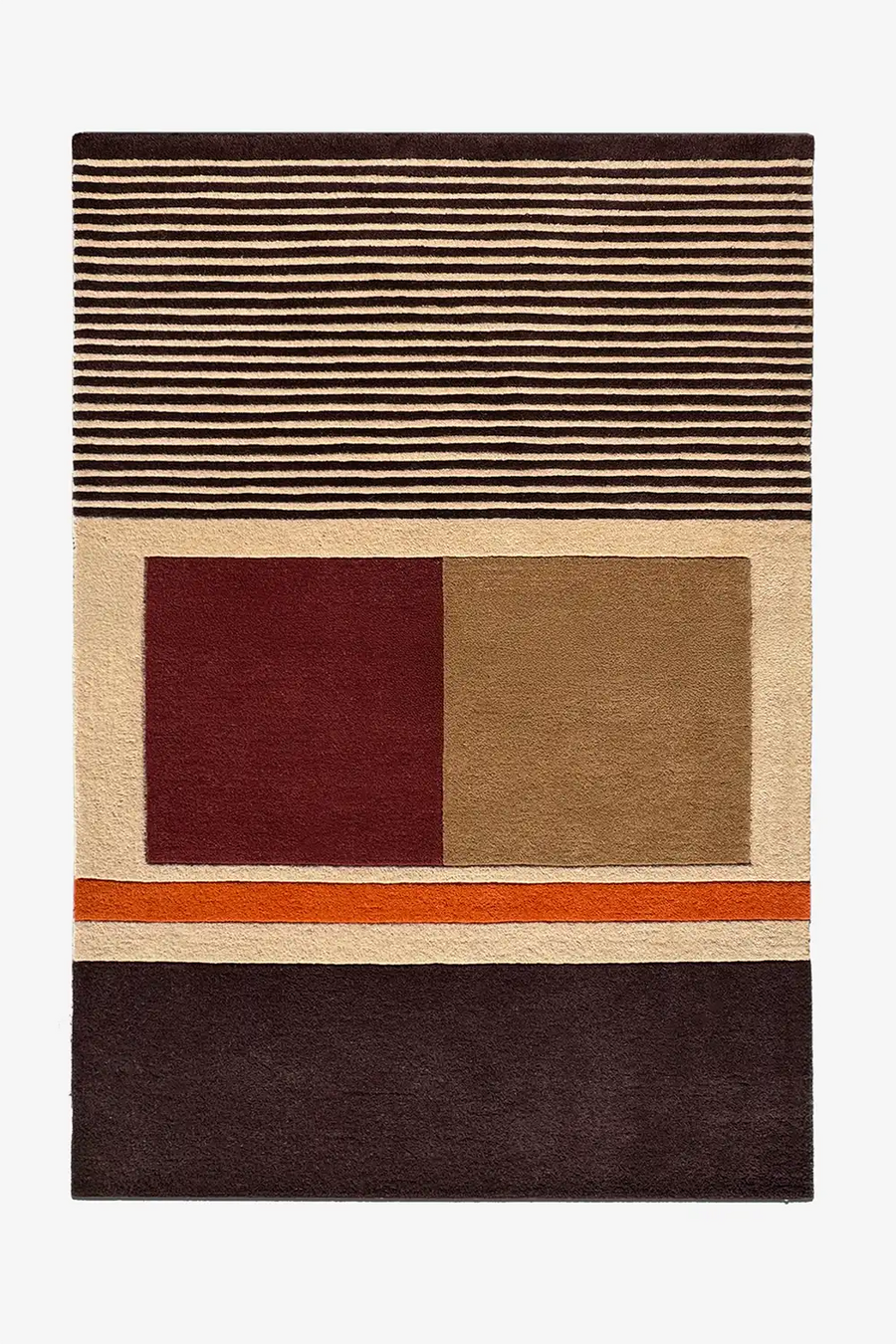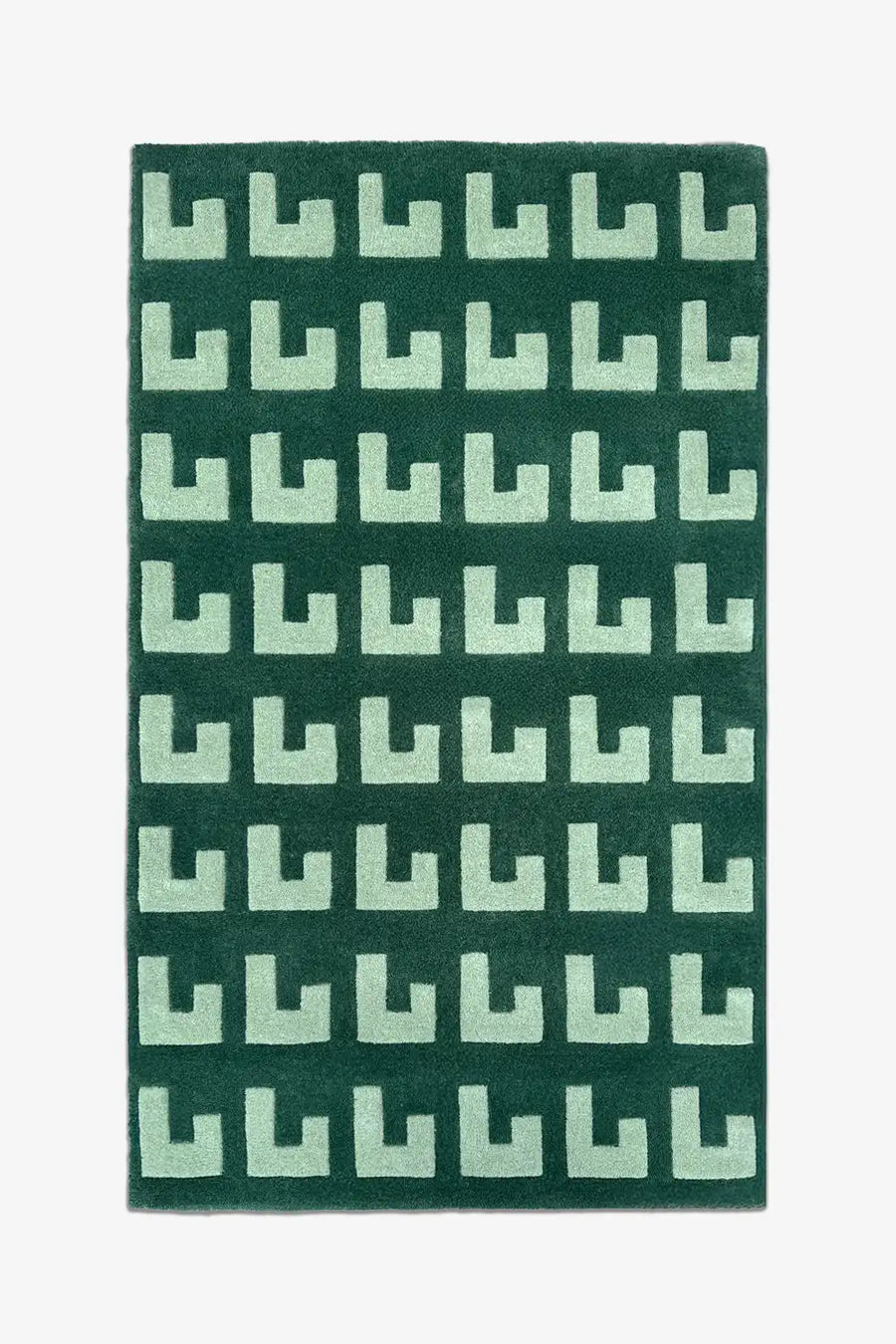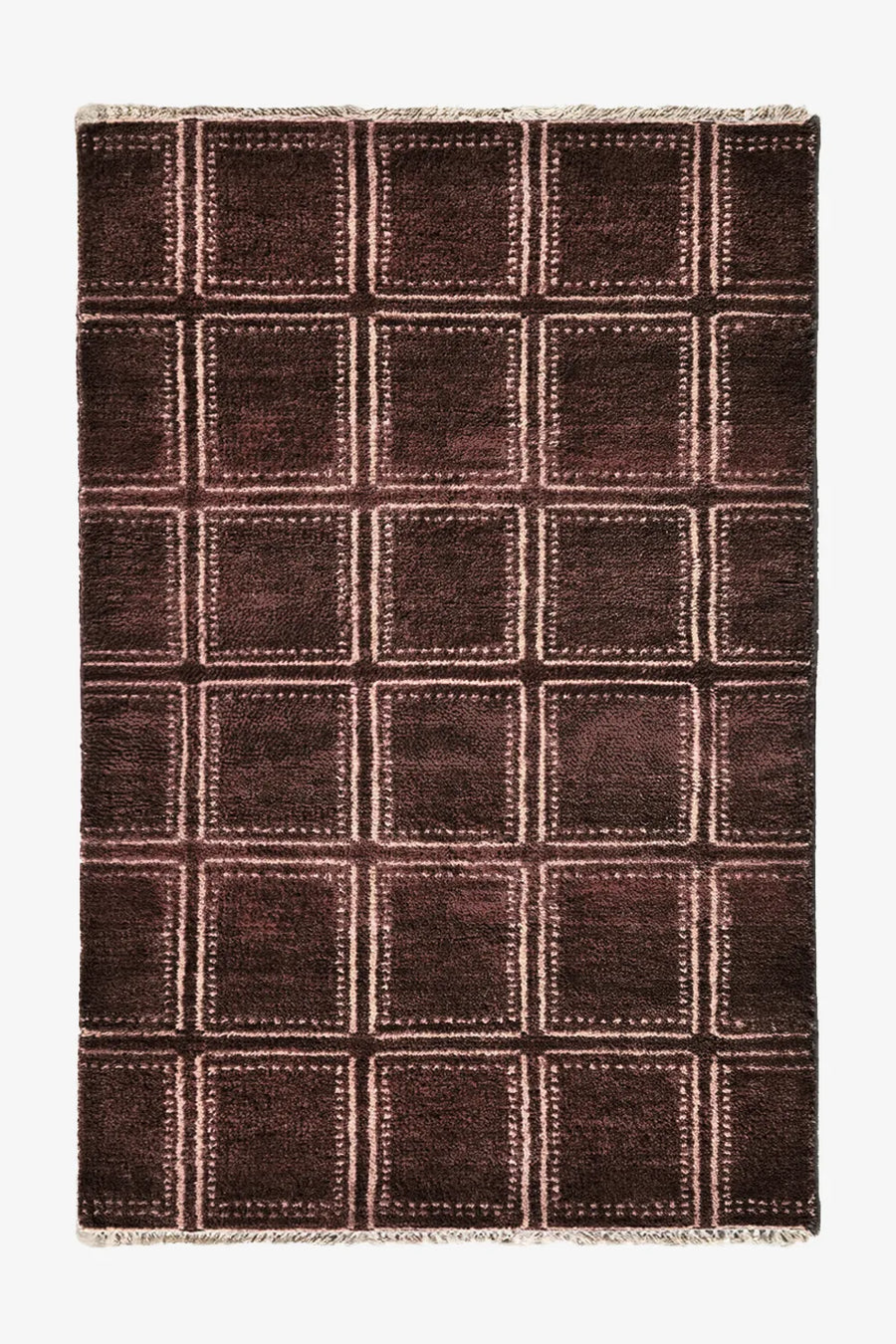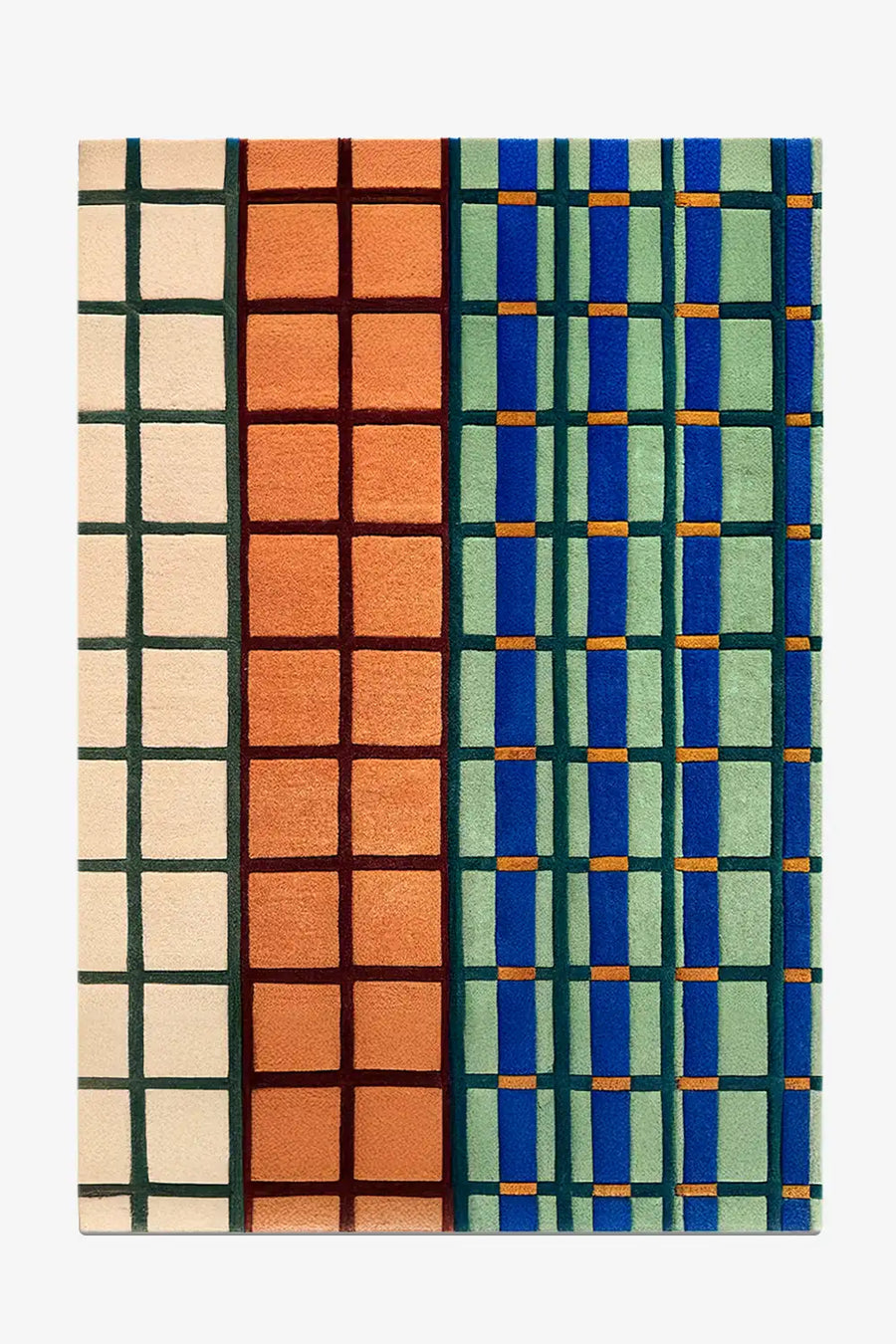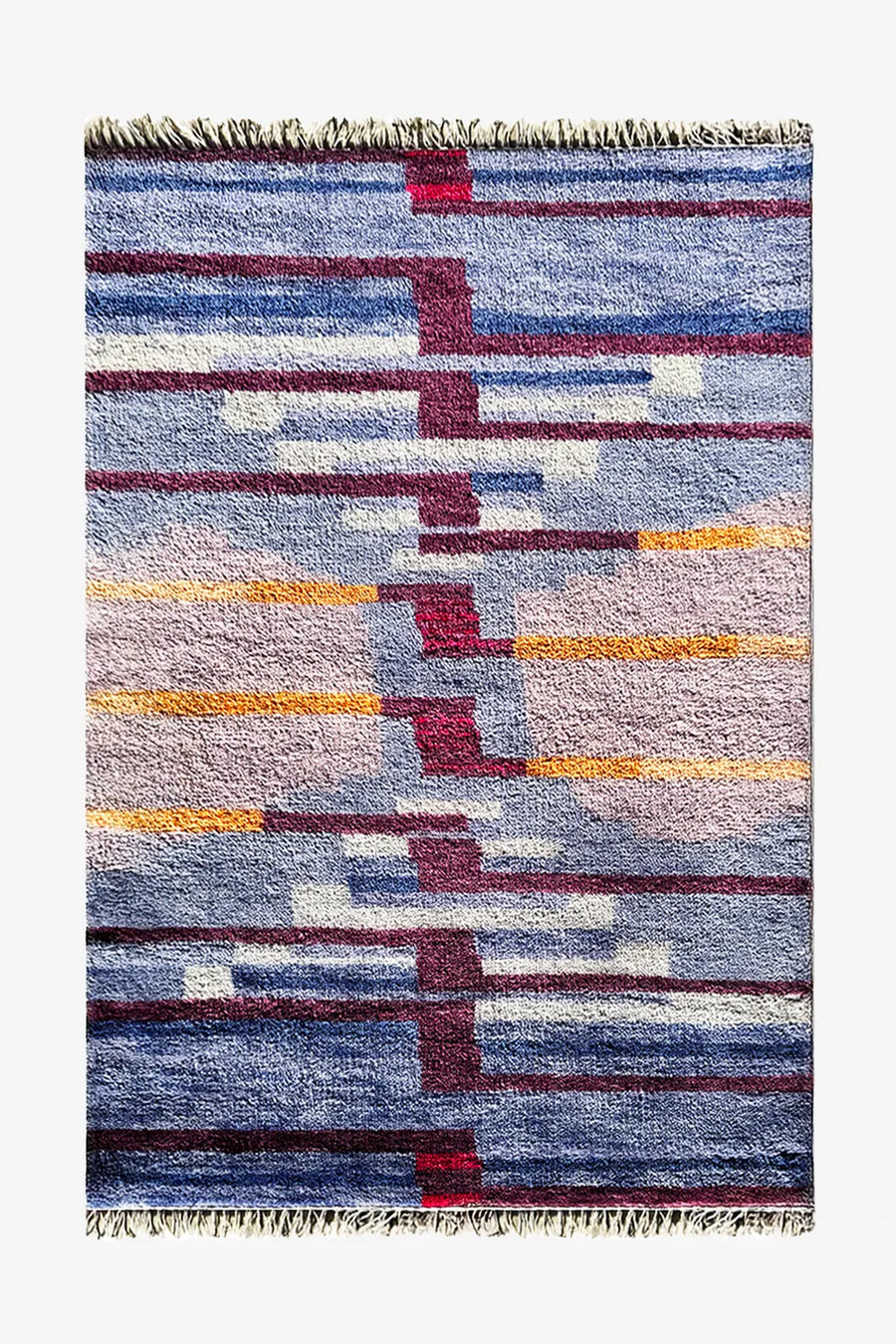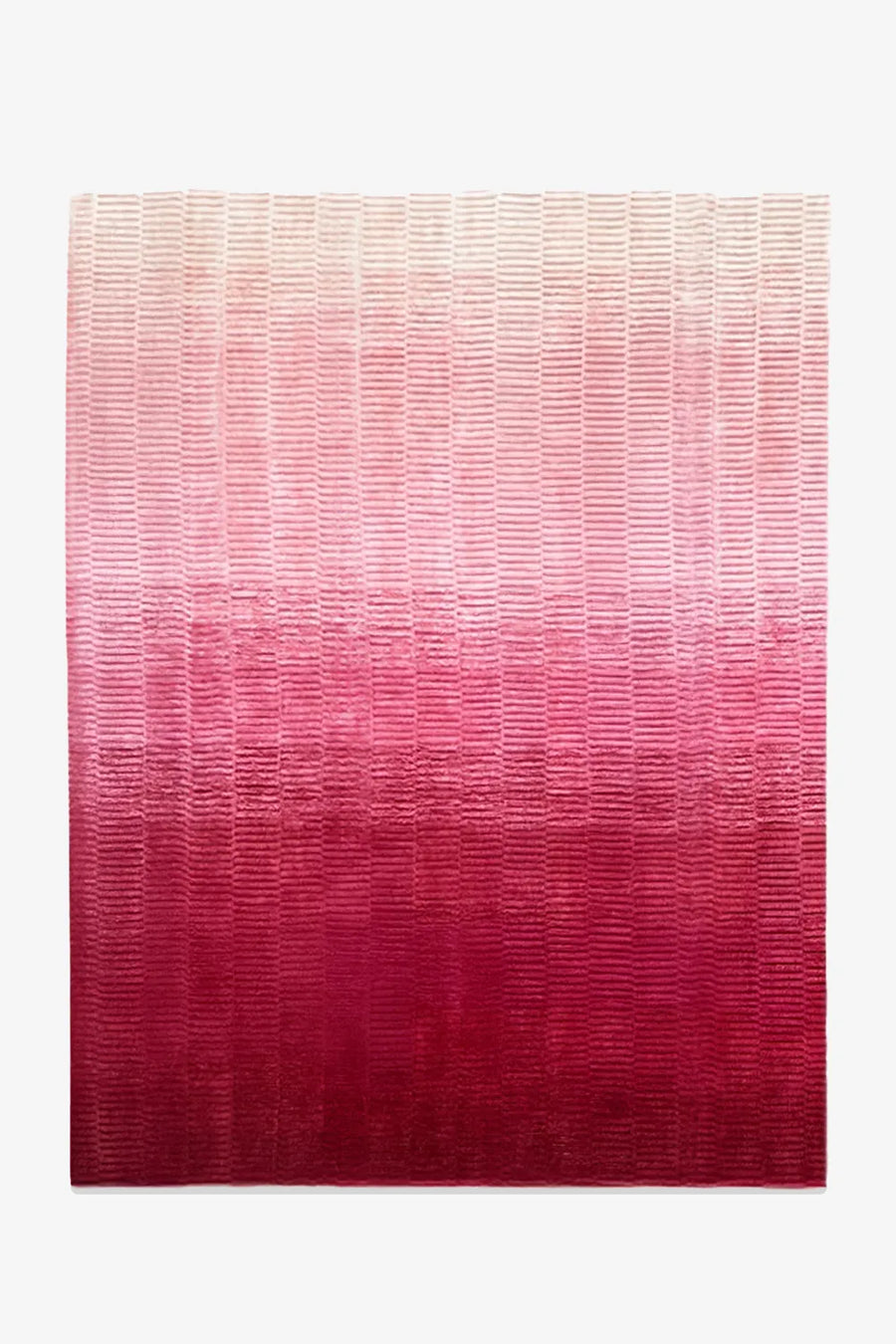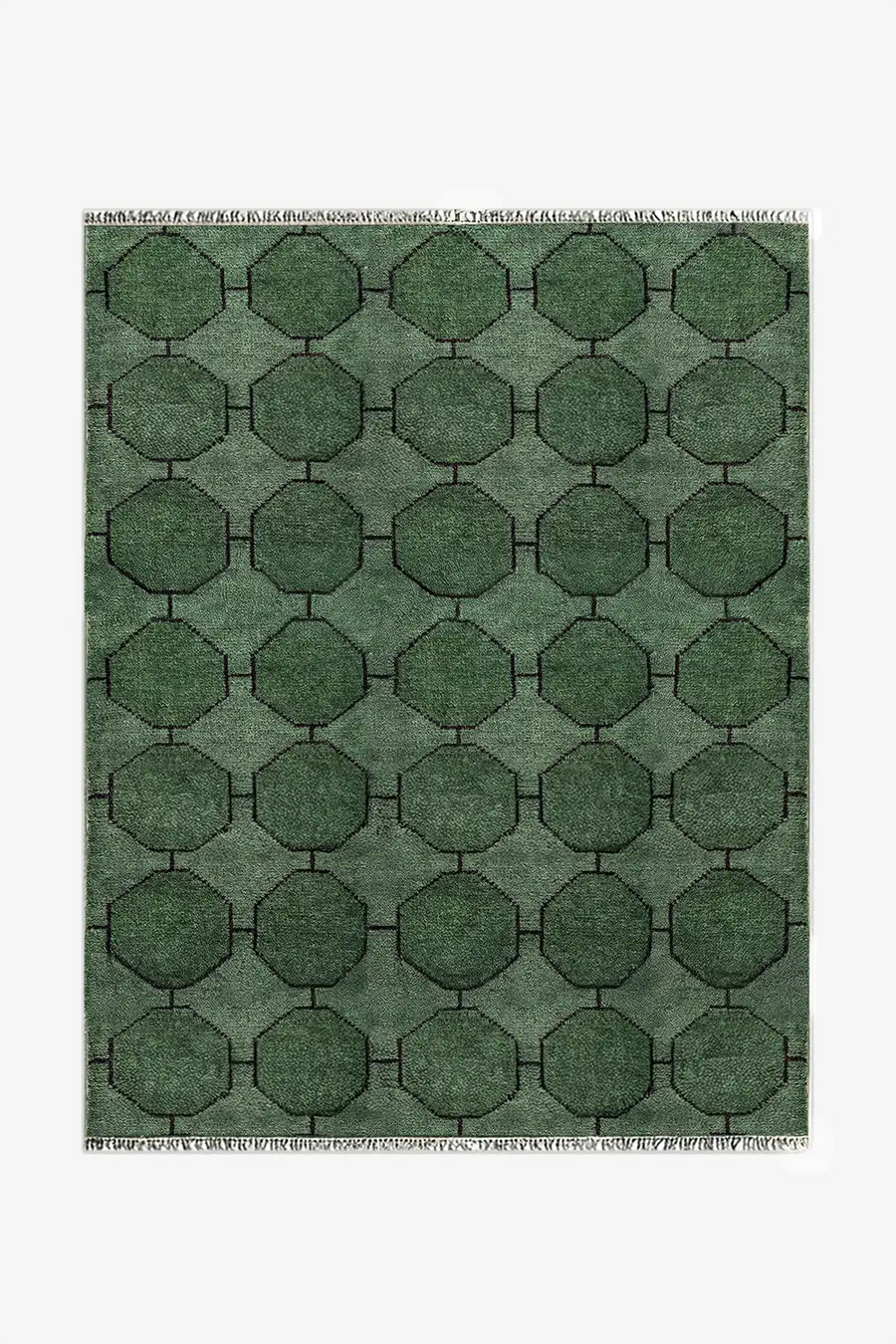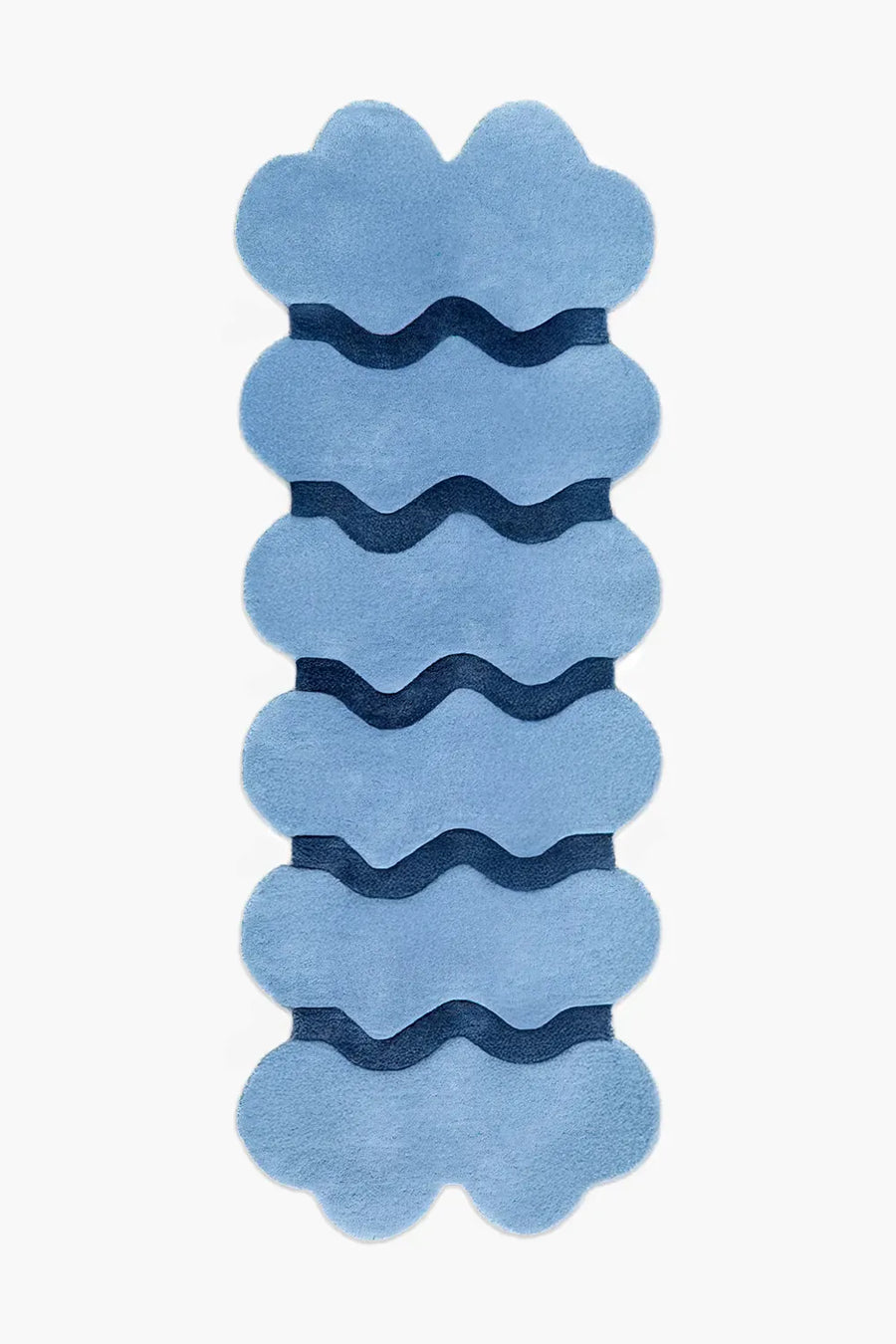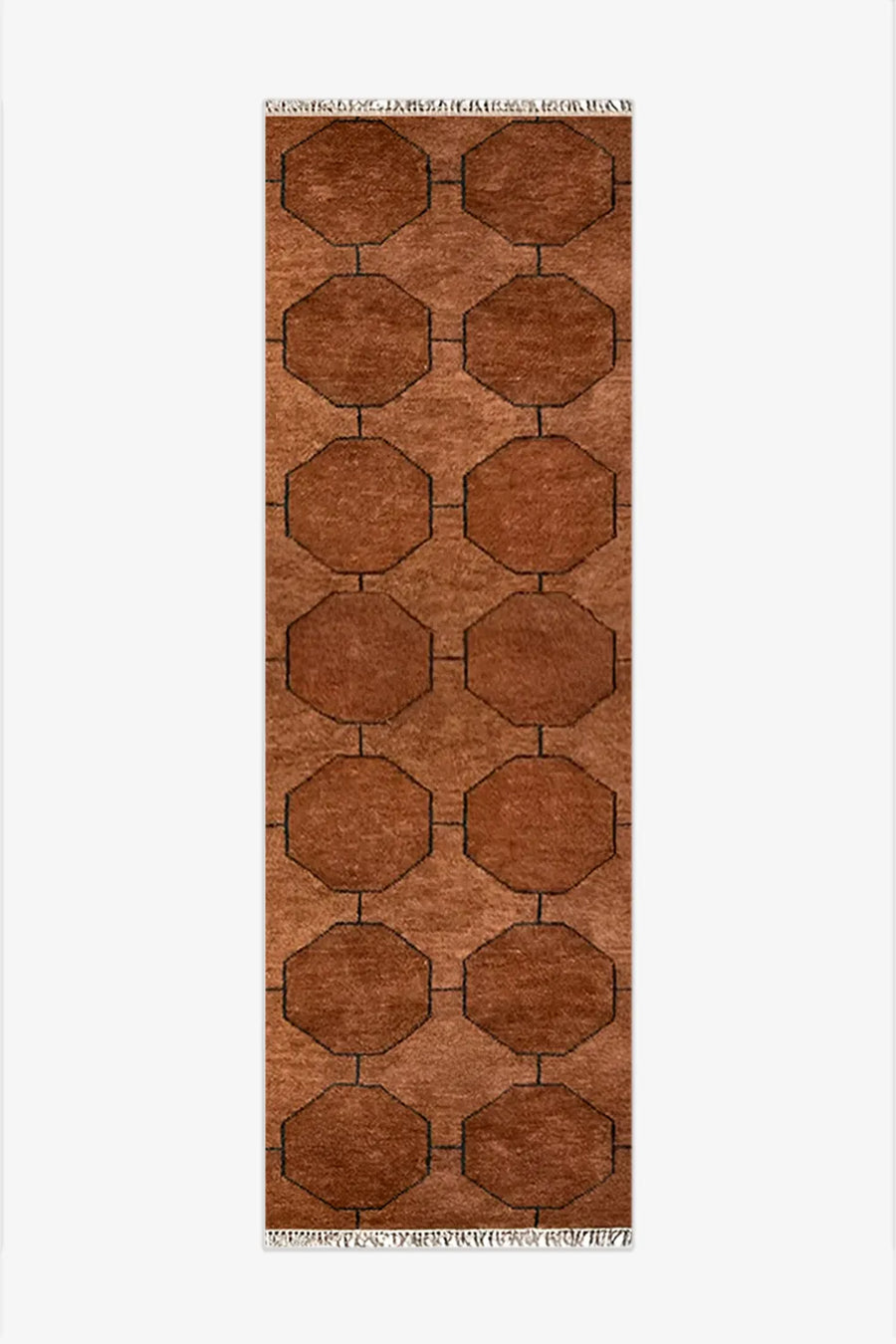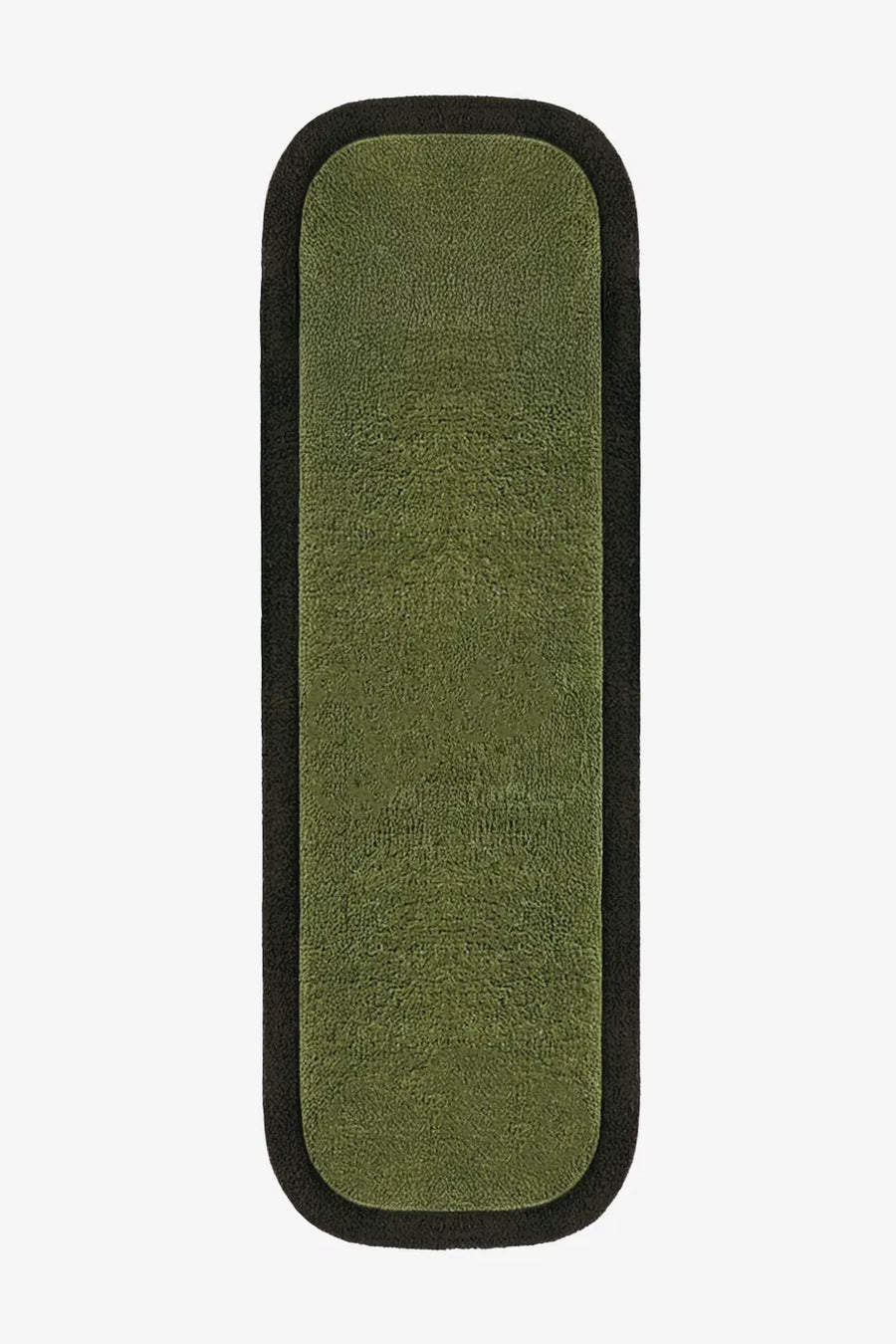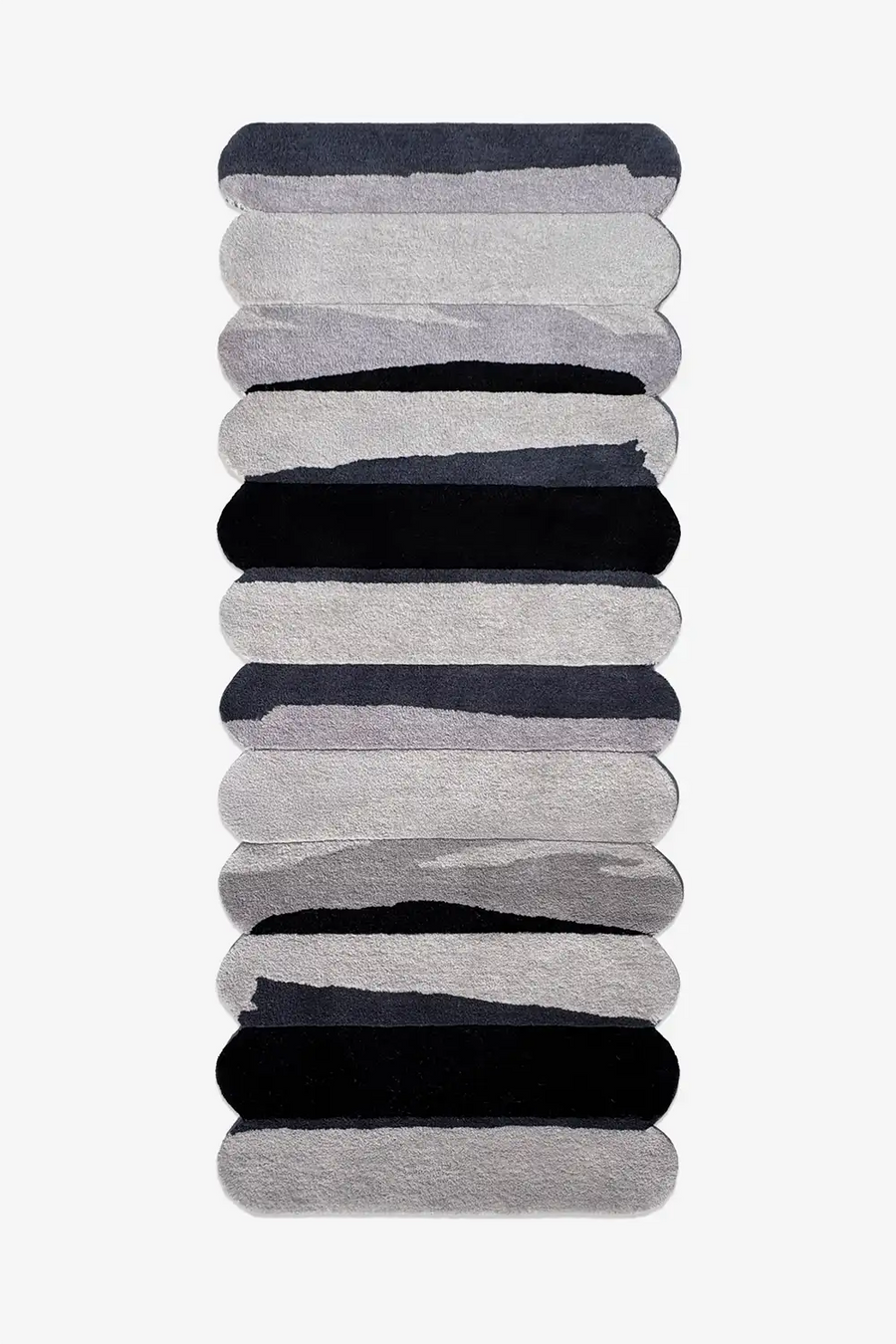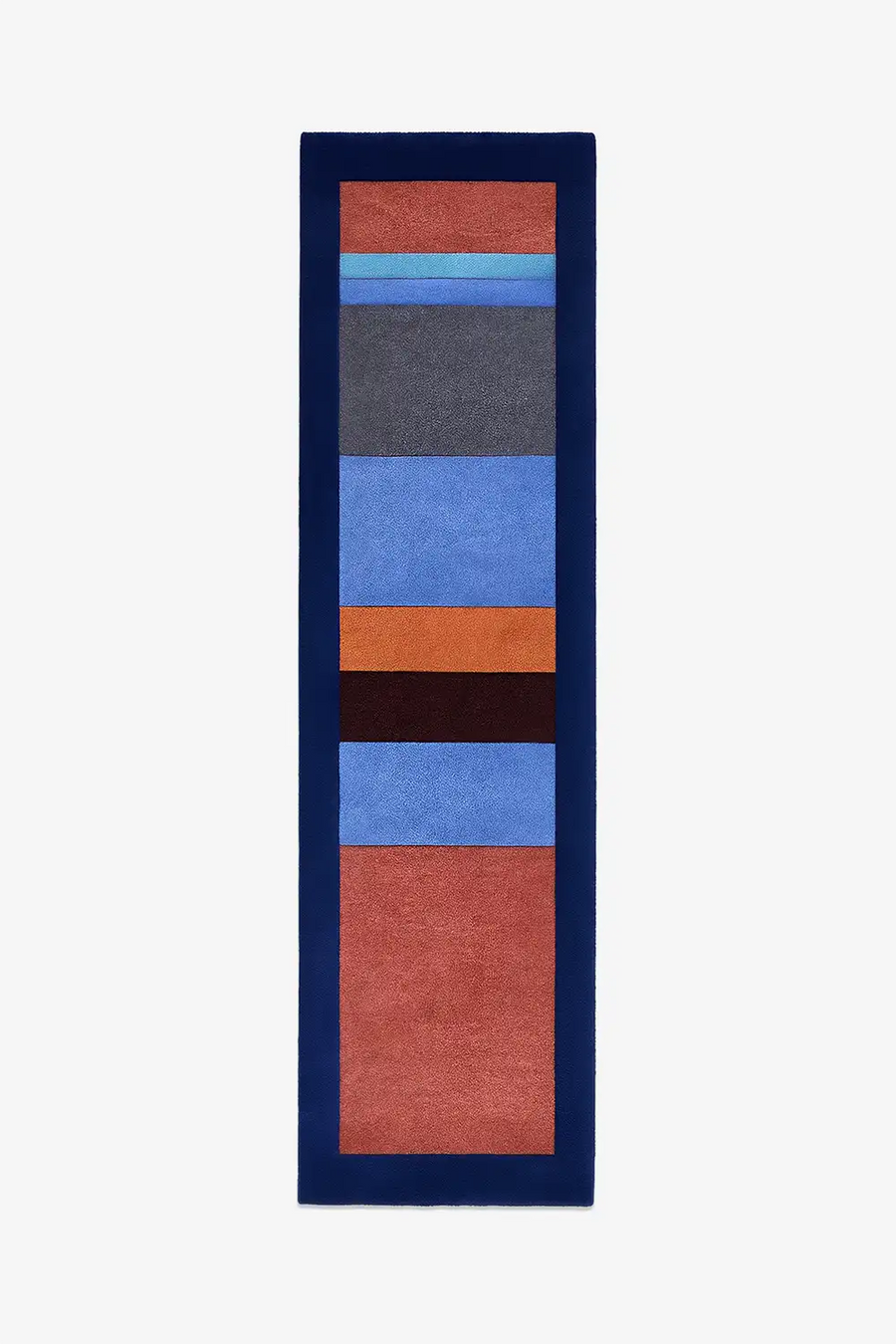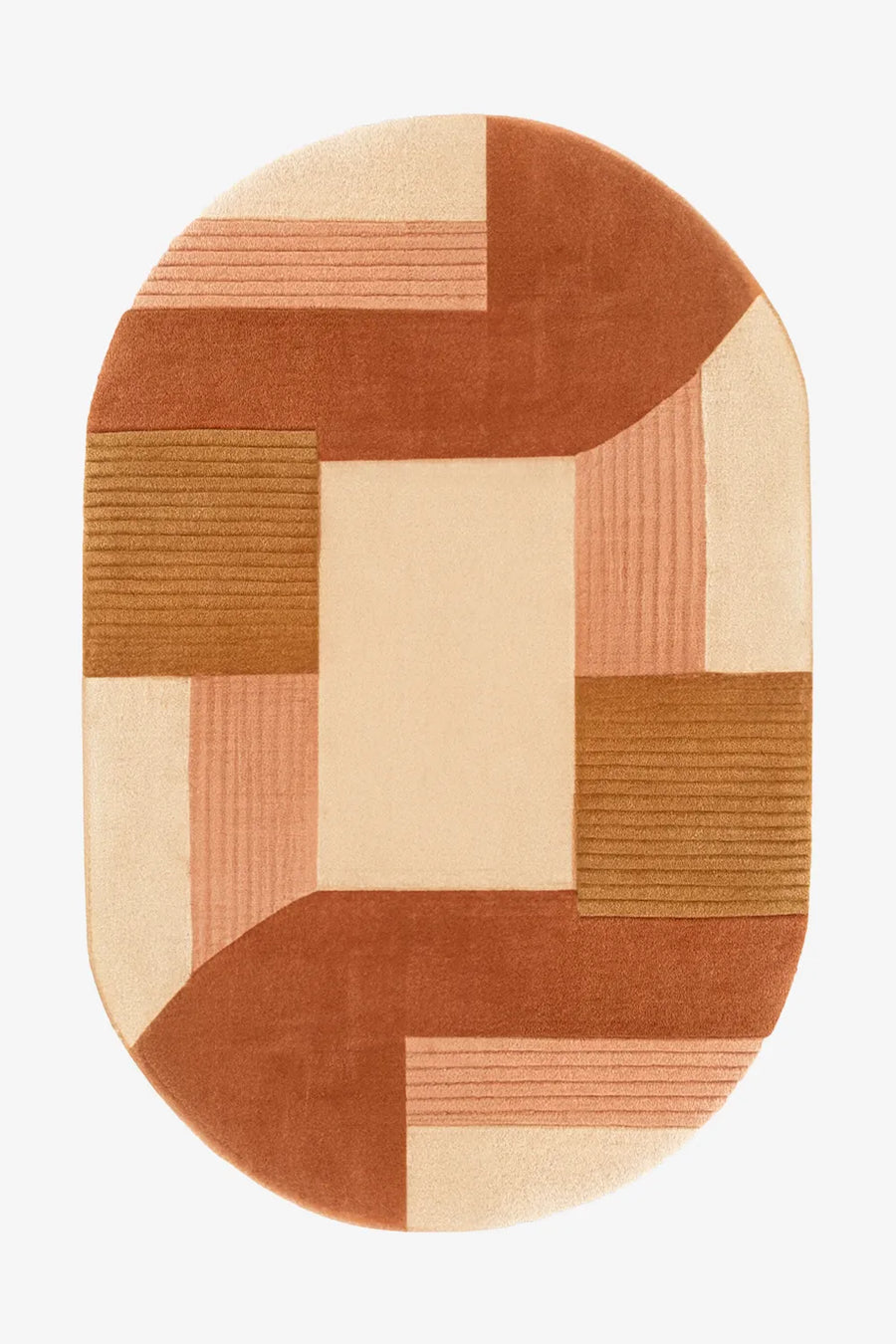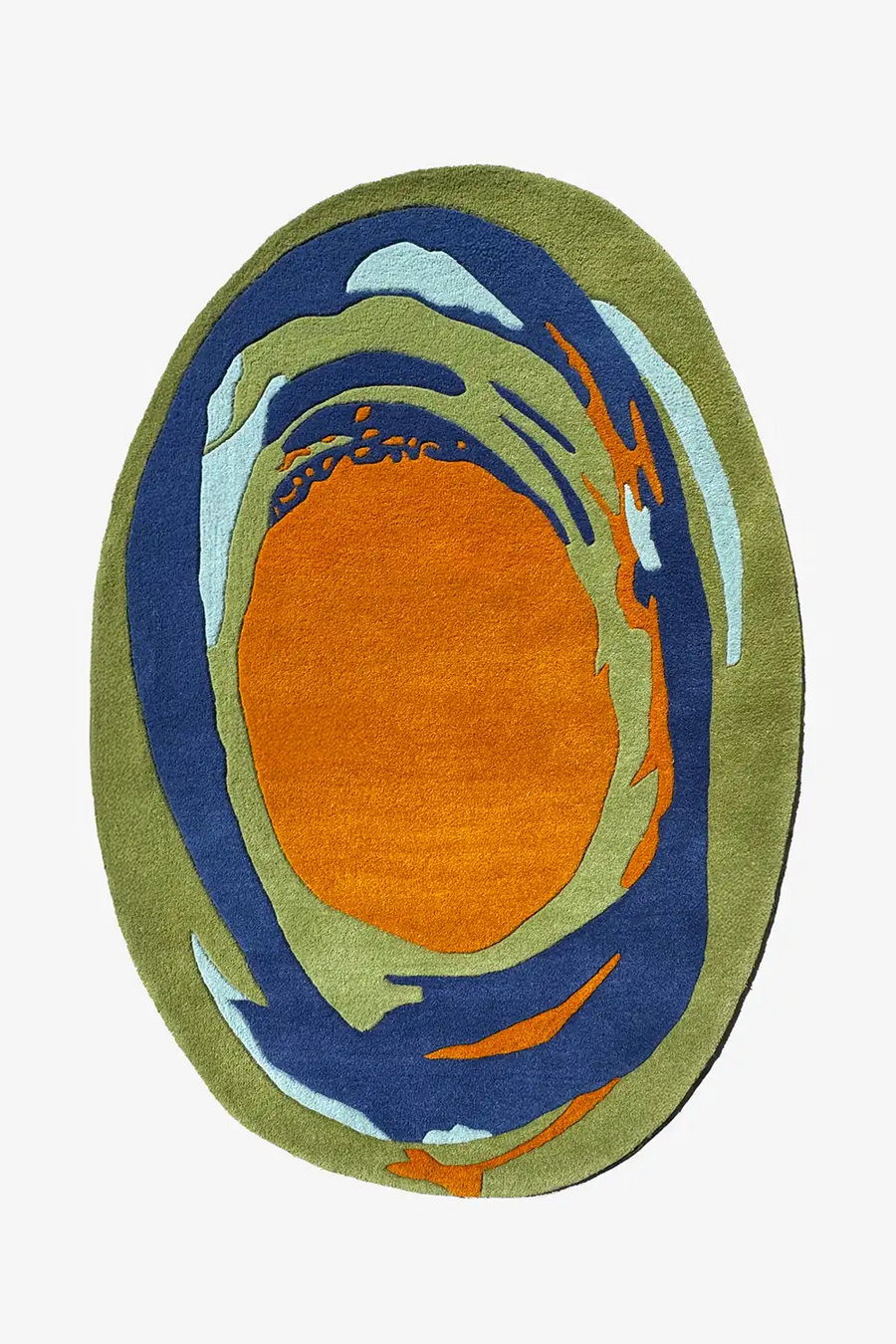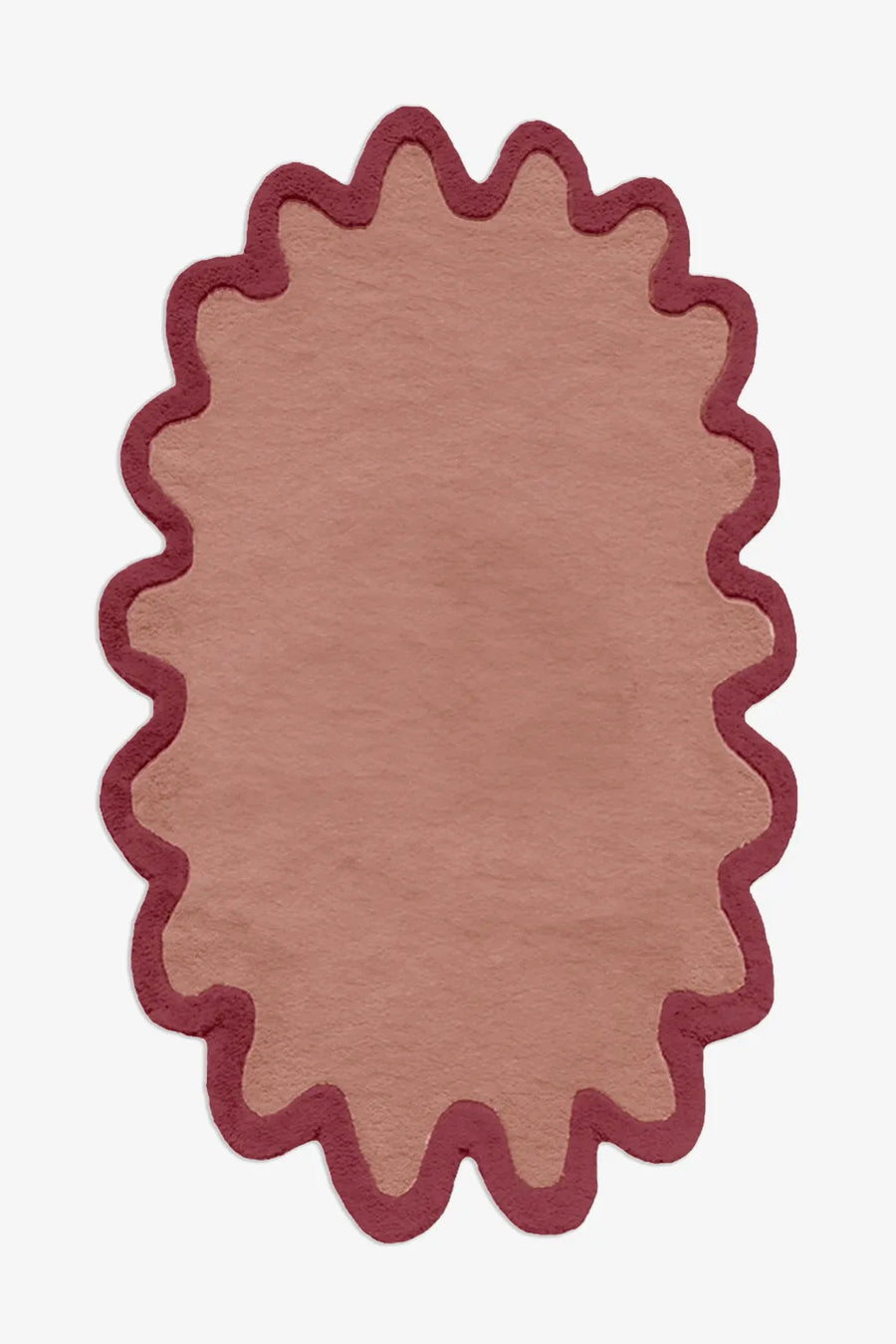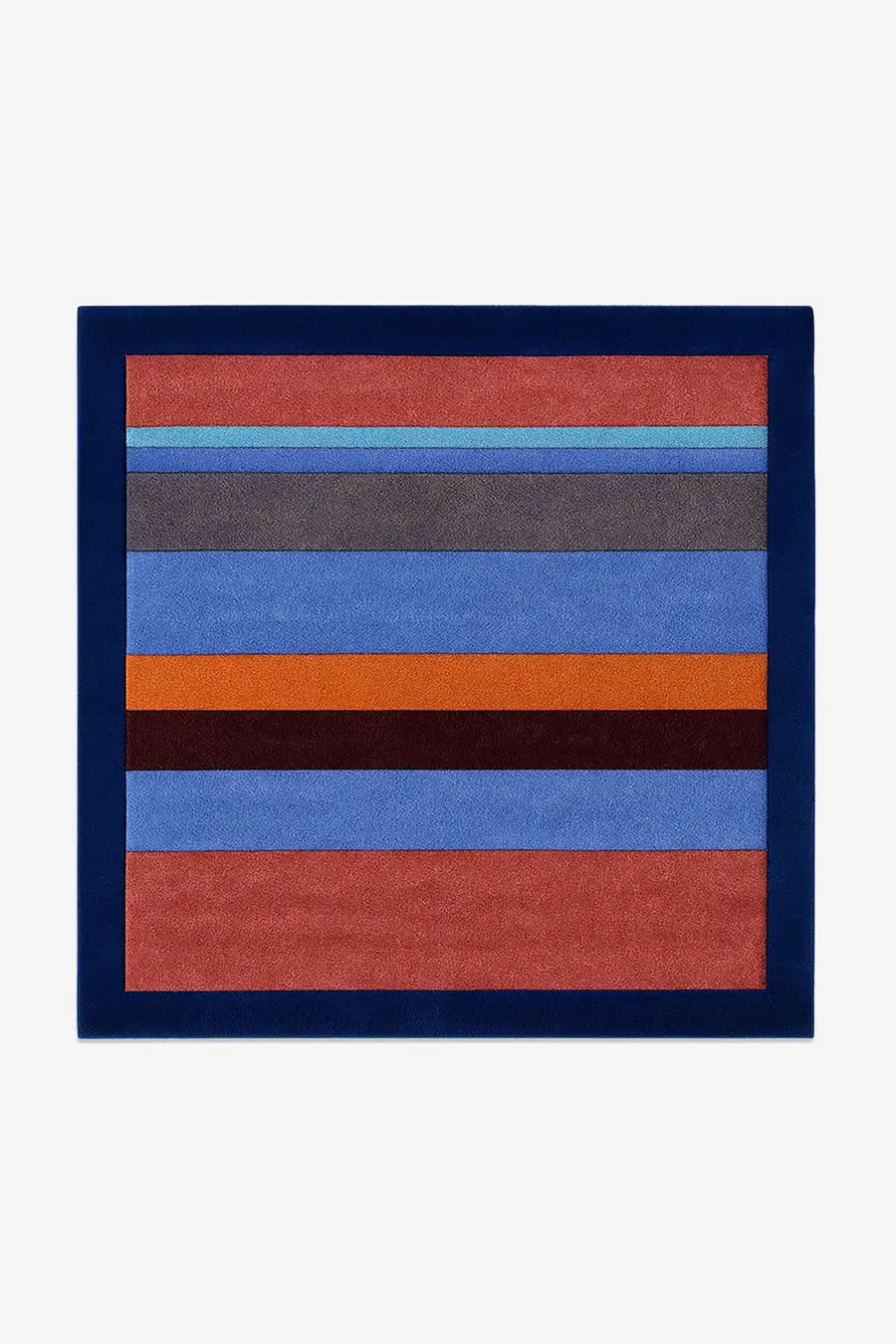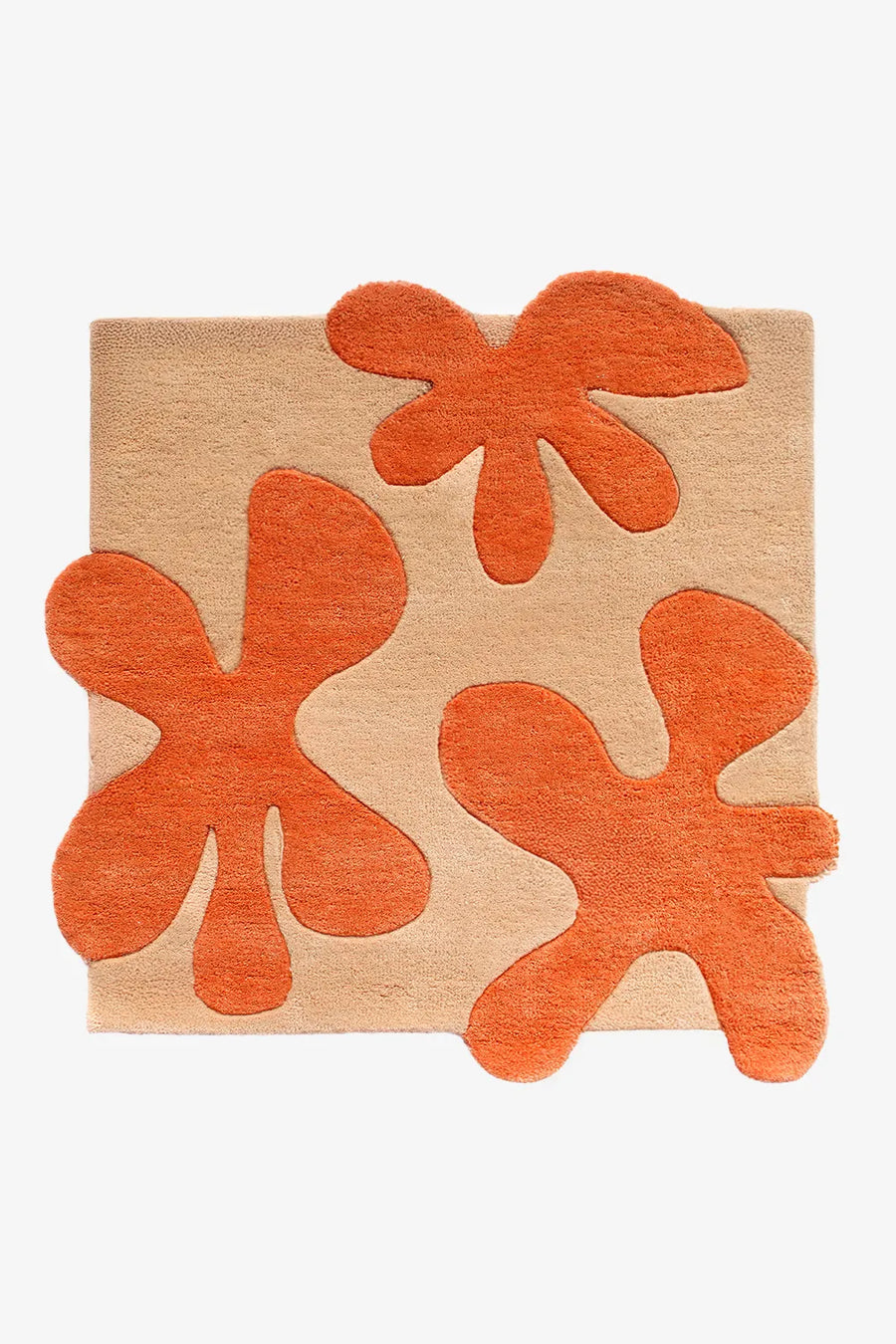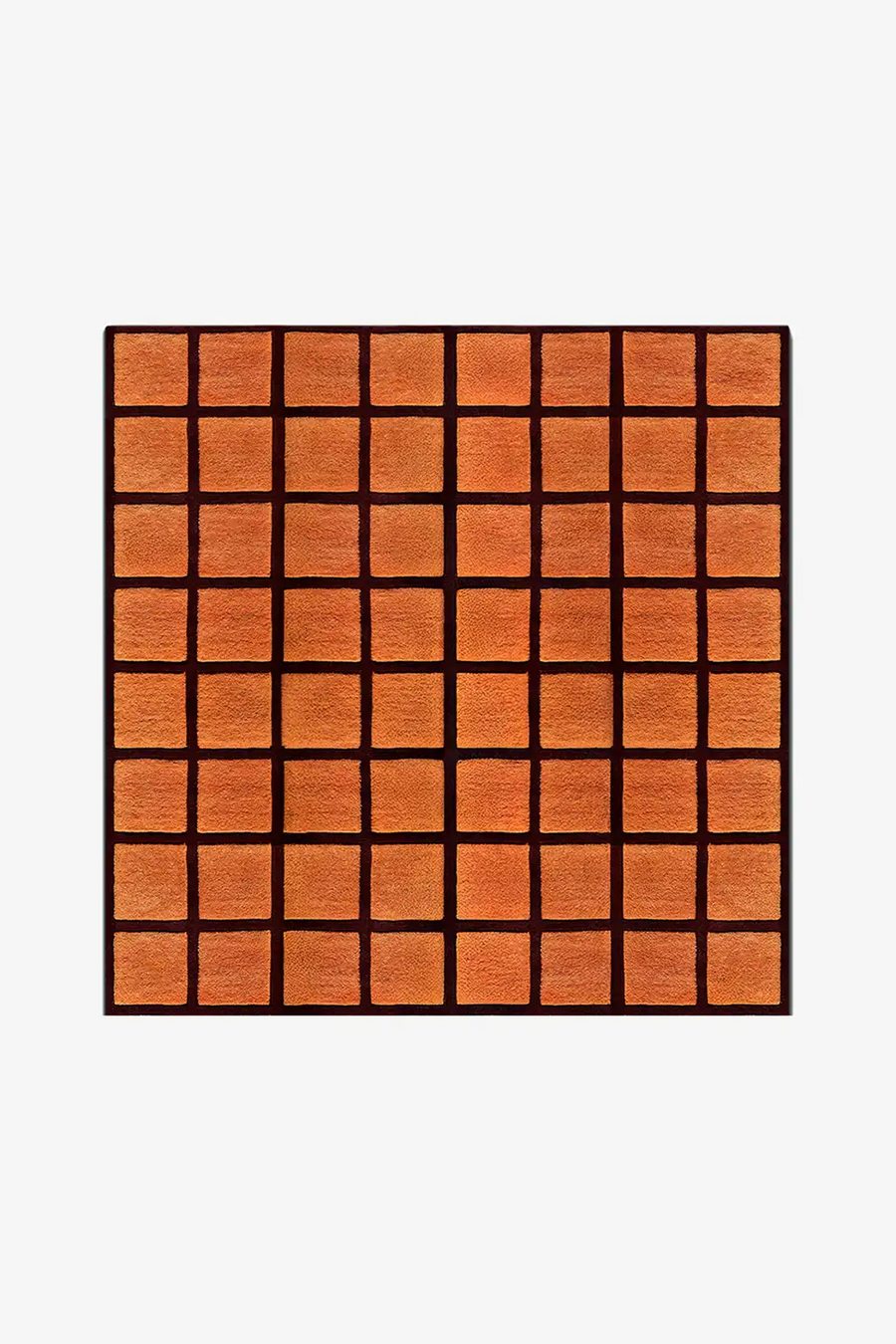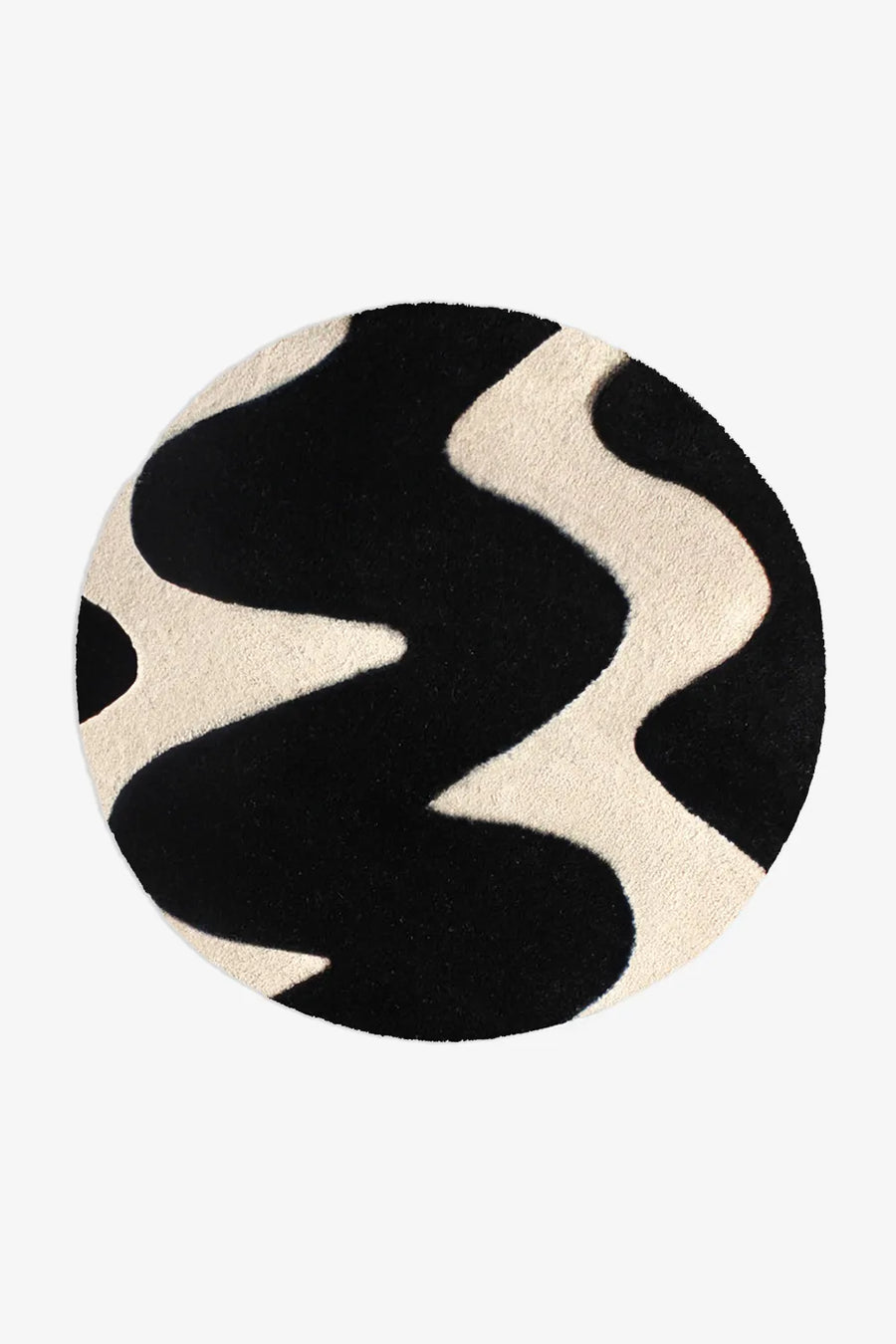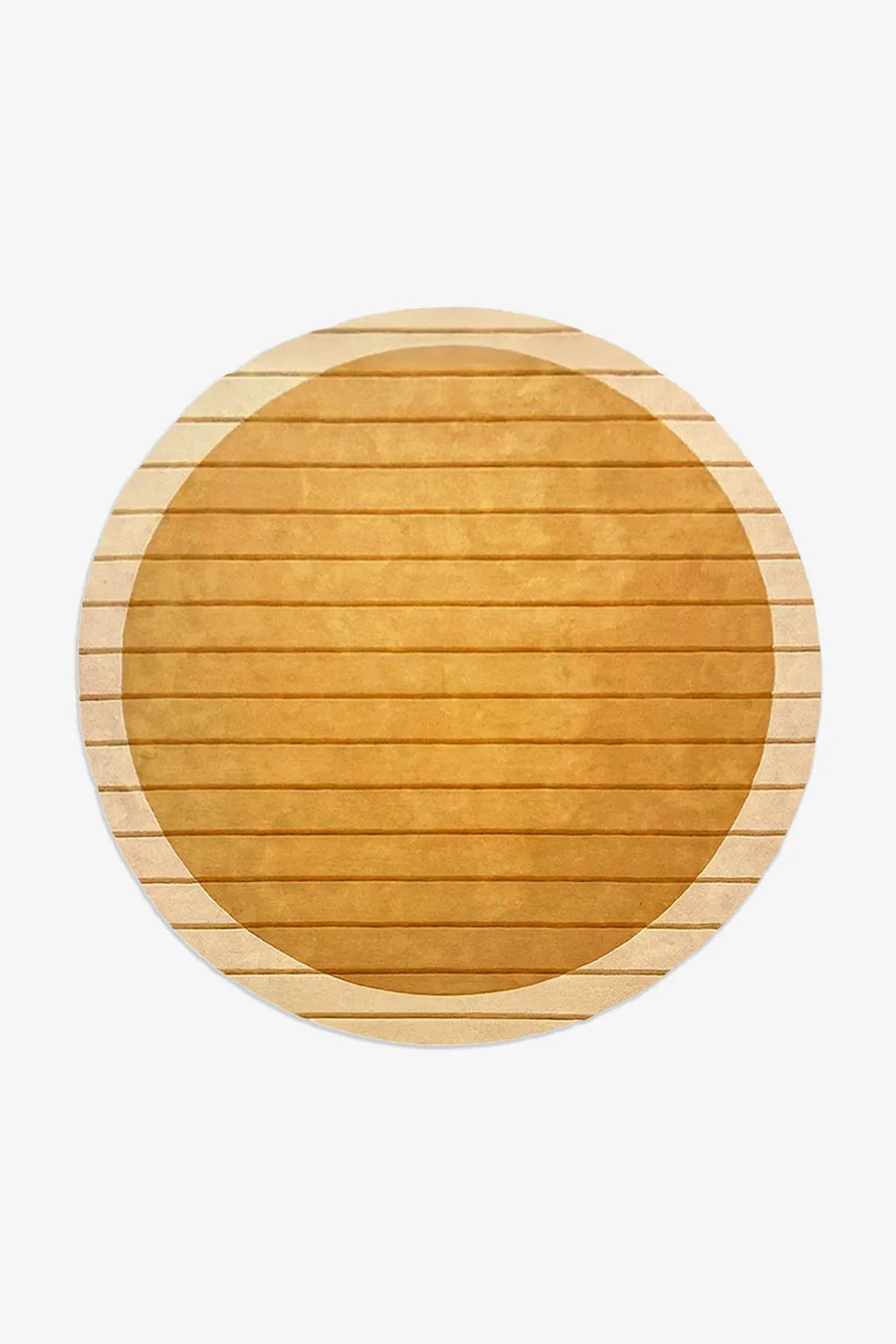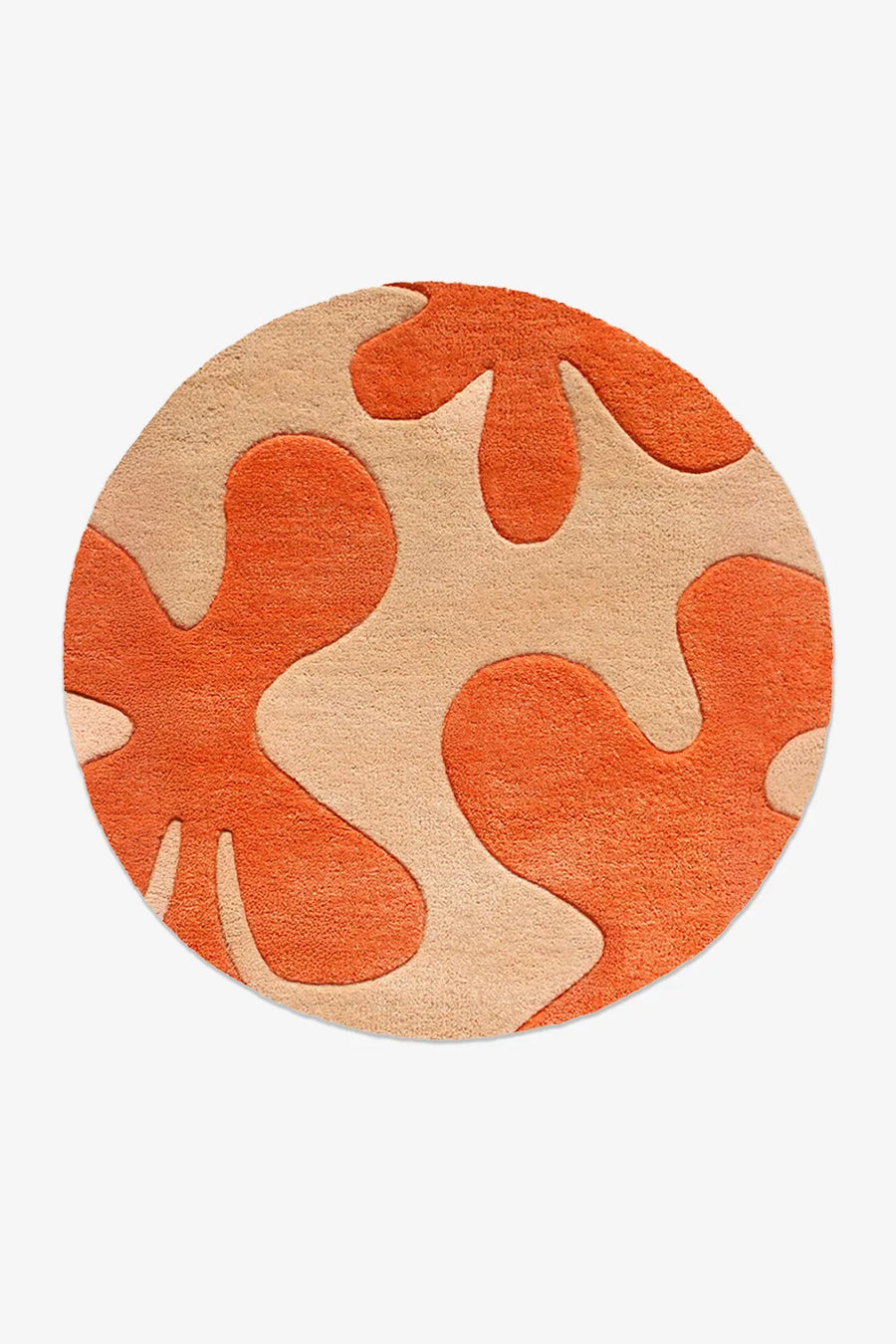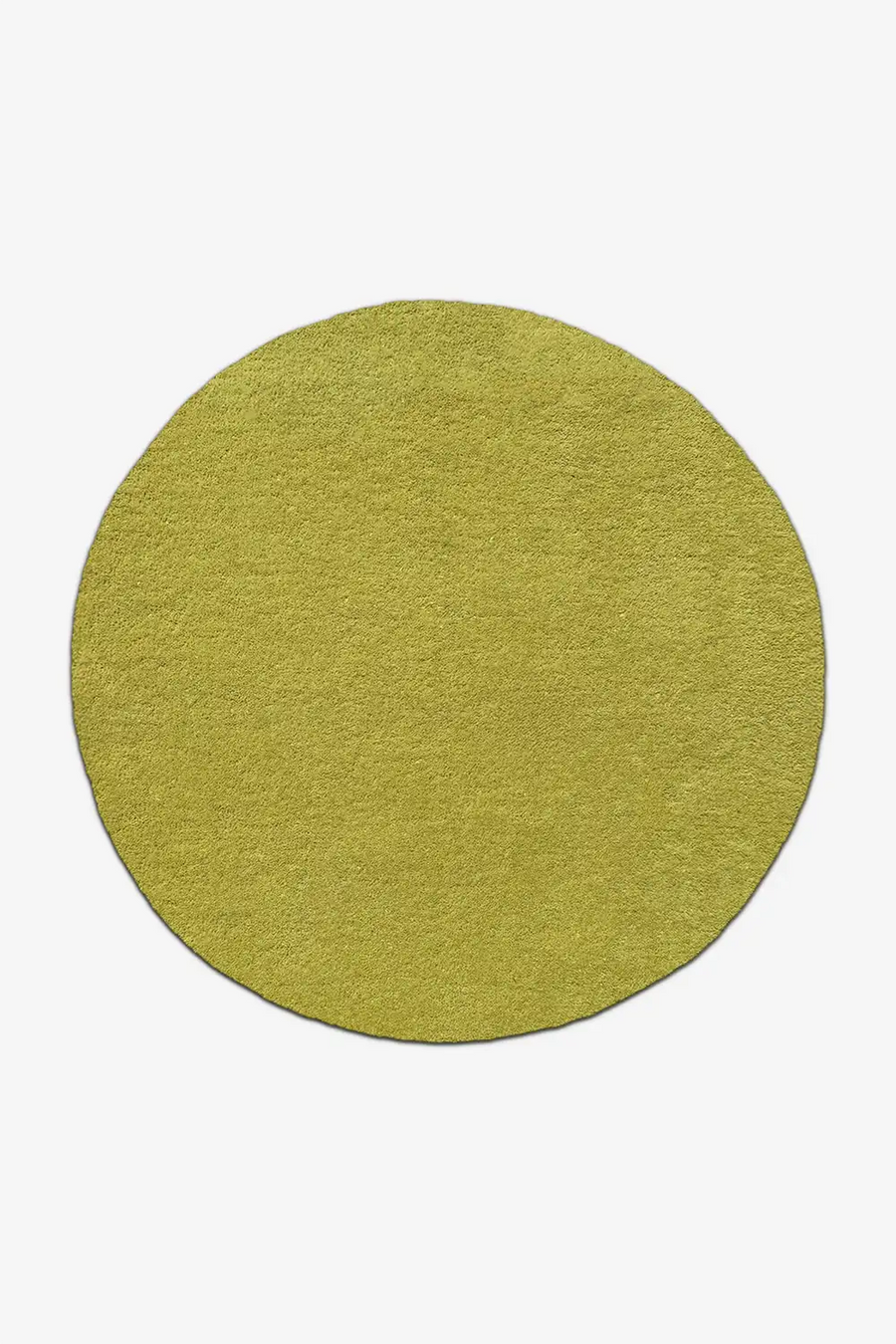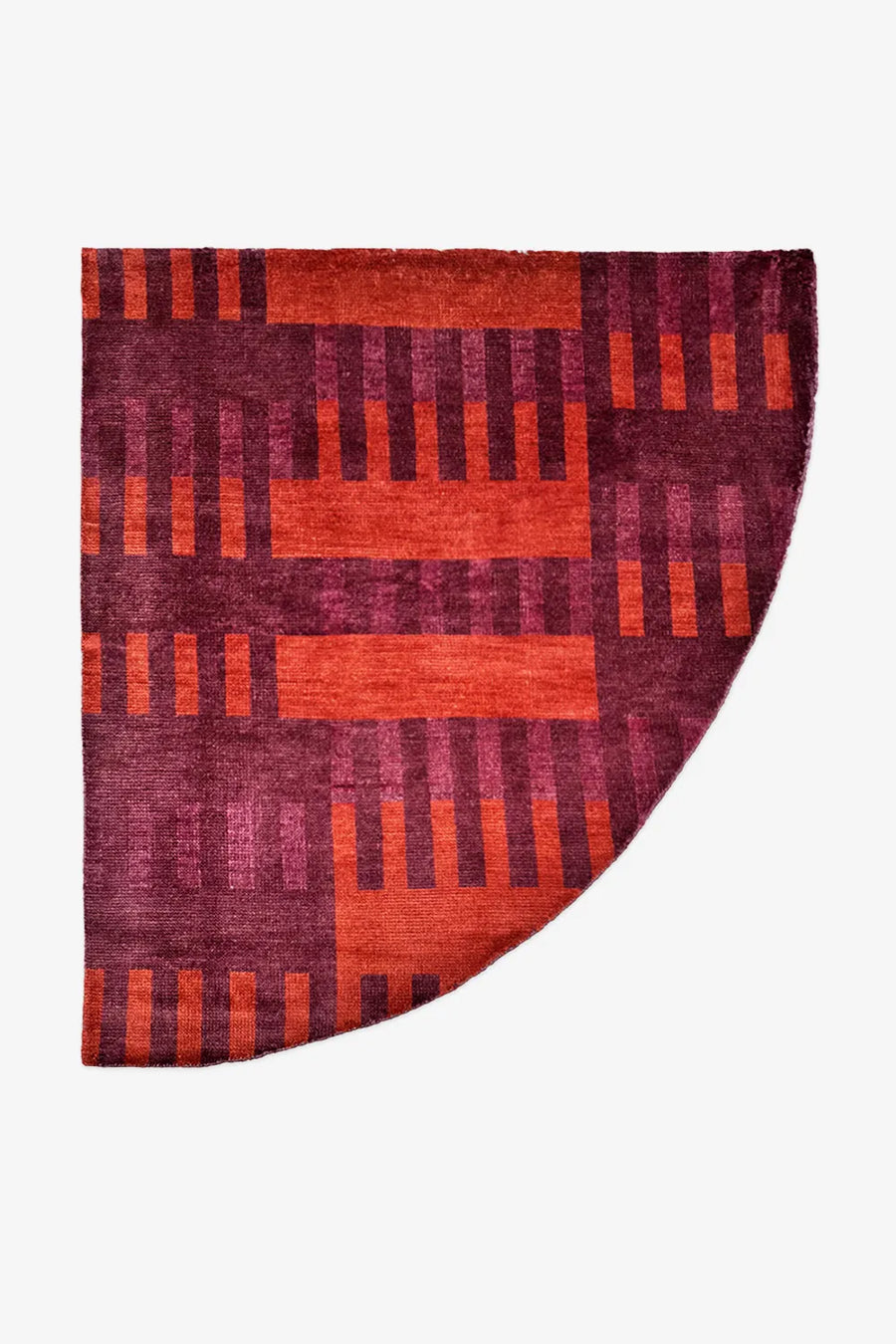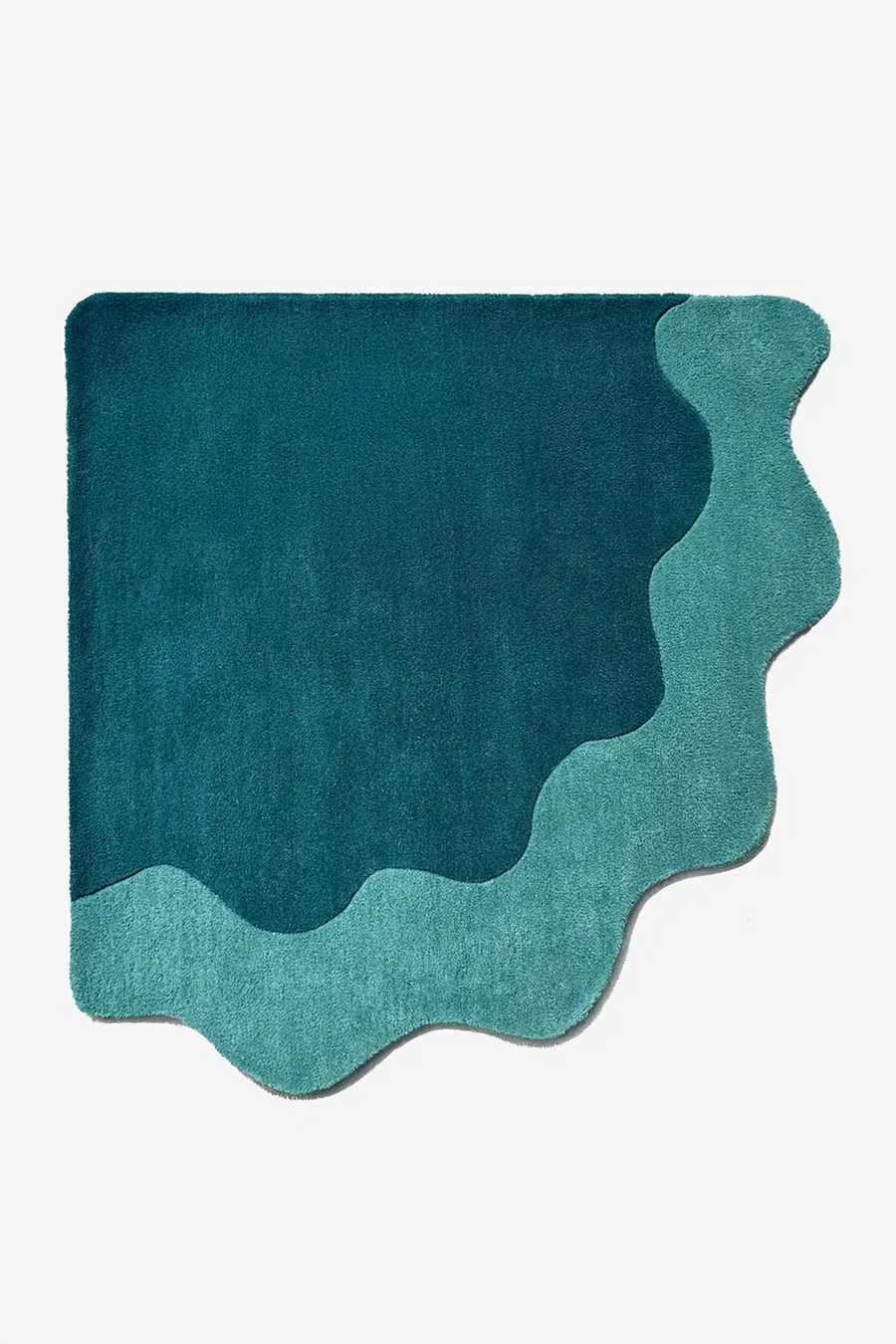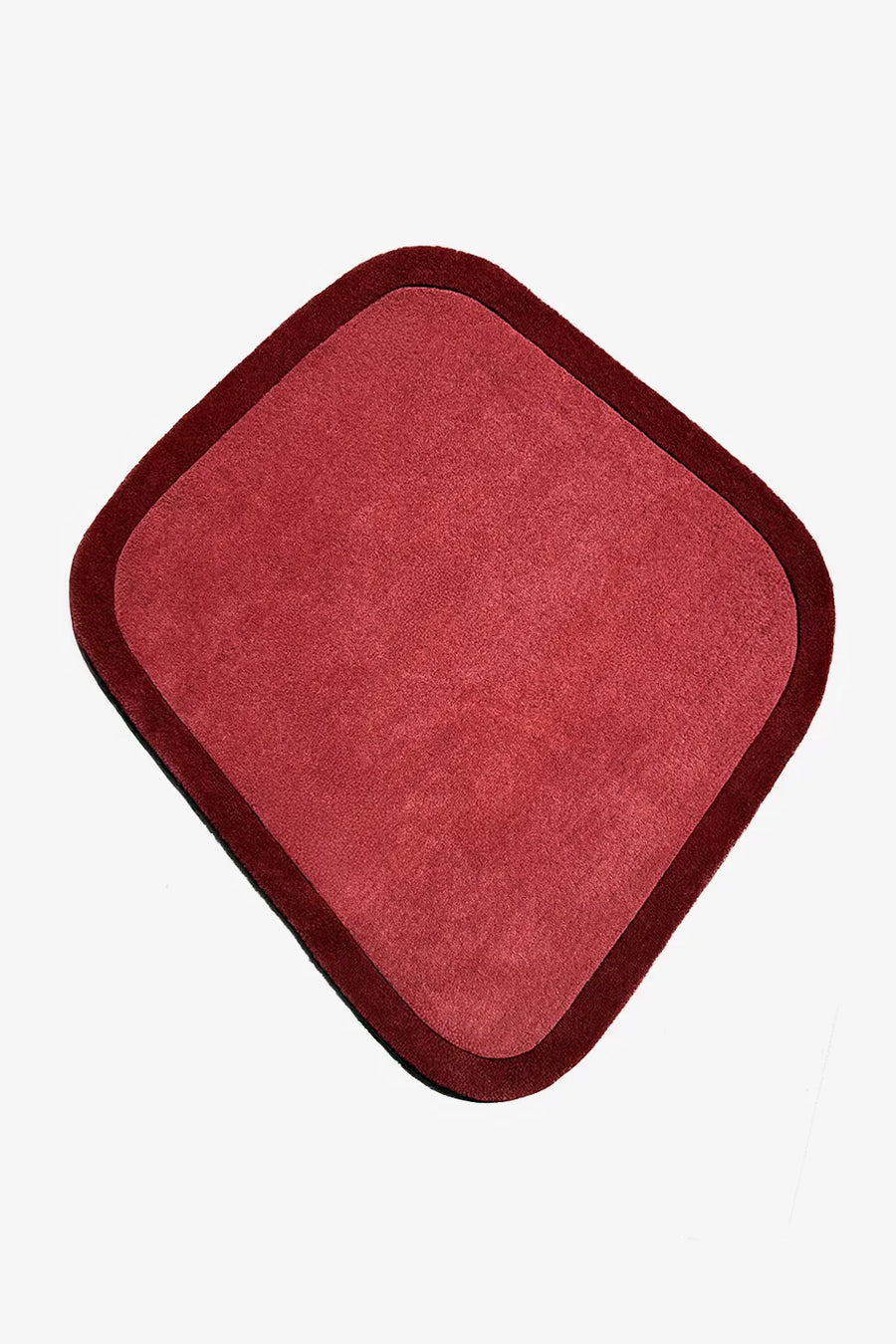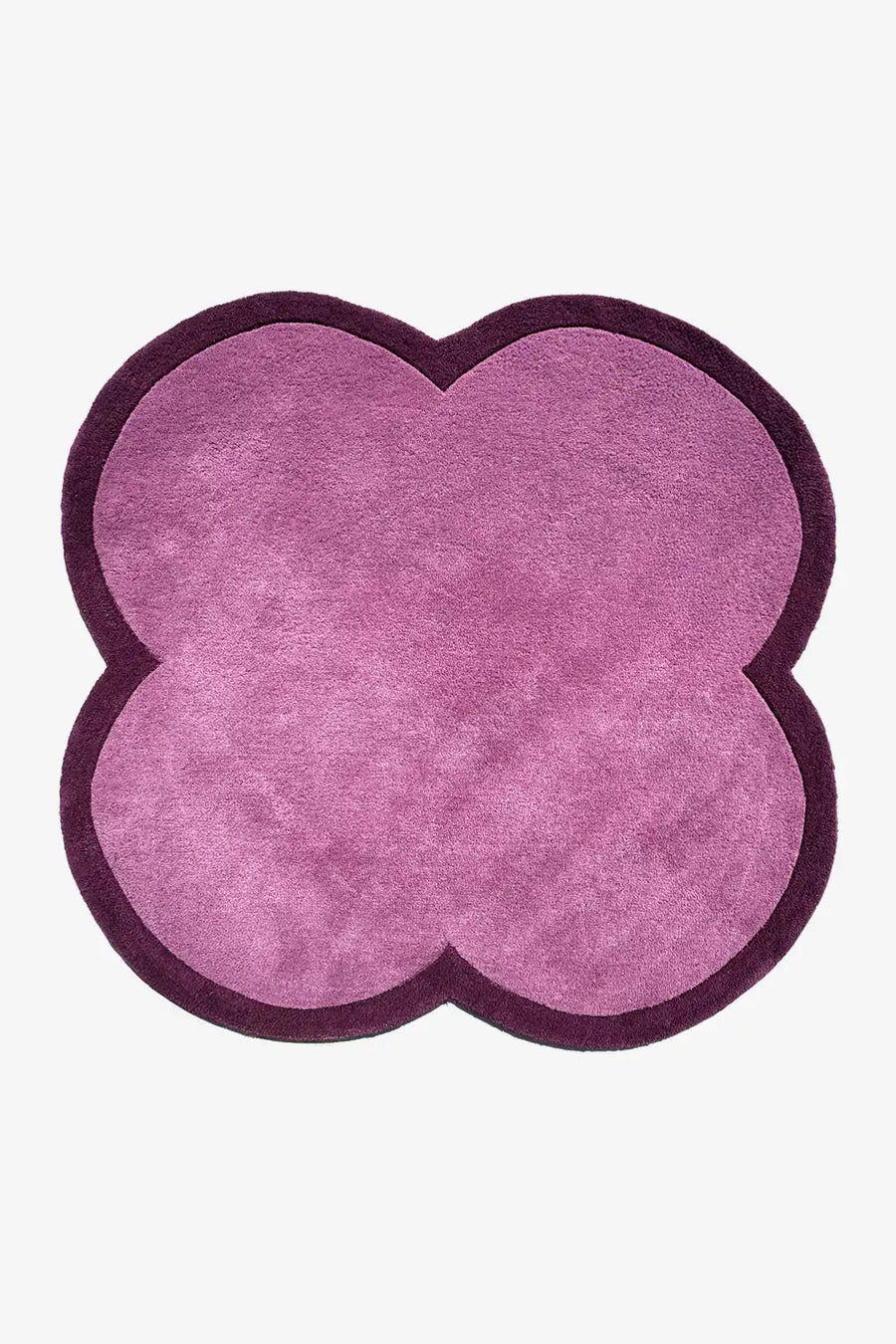Rugs by Shape
The right shape can define a space, guide flow, or soften hard edges.
Choosing the Right Shape
Shape is more functional than you might think. Rectangles are the workhorses, anchoring furniture and defining zones. Rounds soften angular spaces and work beautifully under circular tables or in cozy corners. Runners guide movement through hallways and narrow areas. And irregular shapes? They're for making a statement. The key is proportion. Your rug should feel intentional, not like an afterthought. If it looks too small or awkwardly placed, it probably is. When in doubt, go bigger.
Irregular Shaped Rugs
Make a bold statement with organic, sculptural forms
Rectangular Rugs
Anchor seating areas and define zones
Runner Rugs
Perfect for hallways, entries, and narrow spaces
Oval Rugs
Gentler curves with more surface area for larger spaces
Square Rugs
Perfect symmetry for square tables and balanced room layouts
Round Rugs
Soften sharp corners and add visual interest
Corner Rugs
Designed to fill corner spaces like reading nooks and angled seating
Can’t Find the Right Fit?
Every rug we make is fully customizable in size, shape, and color. Choose from over 1,200 wool shades or design something entirely your own.
Frequently Asked Questions
Rectangular rugs are the most versatile choice for living rooms. They anchor seating areas, define conversation zones, and work with most furniture layouts. Make sure all front legs of your furniture sit on the rug, or place all furniture completely on it. If you have a circular coffee table or want to soften angular furniture, a round rug can add visual interest. Use our Rug Size Guide or reach out for help choosing.
Round rugs work beautifully under circular dining tables, in reading nooks, beneath round coffee tables, or in spaces with a lot of hard edges and angular furniture. They soften the visual flow and create intimate zones. They're also ideal for entryways and bedrooms where you want a less traditional look.
Runners are designed for narrow spaces like hallways, entryways, and galley kitchens. They should be at least 6 inches narrower than the hallway width and extend most of the length of the space. Rectangular rugs work for larger, more open areas where you need to anchor furniture or define zones.
Irregular shaped rugs work best as statement pieces in spaces where they won't compete with busy patterns or lots of furniture. They're perfect for minimalist bedrooms, sculptural living rooms, or as accent pieces in corners and reading nooks. Make sure the rest of your room is relatively simple so the unique shape can be the focal point.
Shape and size work together. For rectangular rugs in living rooms, aim for 8x10 or larger so furniture fits properly. Round rugs should be at least 6 feet in diameter for dining areas. Runners should be 2.5 to 3 feet wide and extend the length of your hallway minus about 12 inches on each end. Use our Rug Size Guide for layout tips, or reach out to us with photos or floor plans. We’ll help you find the best fit.
Yes. Rectangular rugs are universally versatile. Round and oval rugs pair well with bohemian, coastal, and softer Japandi aesthetics. Irregular and sculptural shapes suit modern minimalist, maximalist, and mid-century modern spaces. Squares work with symmetrical, balanced rooms.
How to Choose the Right Rug Shape for Your Space
Why Rug Shape Matters More Than You Think
Rug shape affects spatial perception. A round rug in a square room softens hard edges and creates visual movement. A long runner in a narrow hallway guides the eye forward and makes the space feel intentional rather than empty. An irregular shaped rug becomes sculptural art that grounds a room. Shape influences how furniture sits, how traffic flows, and whether a space feels cohesive or disjointed. Getting it wrong can make even a beautiful rug feel out of place.
Rectangular Rugs: The Foundation of Most Spaces
Rectangular rugs are the default for good reason. They work with most furniture layouts, anchor seating areas, and define zones in open floor plans. In living rooms, a properly sized rectangular rug should allow all front furniture legs to sit on it, or ideally, all furniture should be fully on the rug. In dining rooms, the rug should extend at least 24 inches beyond the table on all sides so chairs remain on the rug when pulled out. Rectangular rugs also work well in bedrooms, placed under the lower two-thirds of the bed with at least 18 inches extending on each side. If you're still determining dimensions, explore our shop by size guide for room-specific recommendations.
Round Rugs: Softening Angles and Creating Intimacy
Round rugs break up the linearity of rectangular furniture and architecture. They work beautifully under circular dining tables, in breakfast nooks, or beneath round coffee tables. They're also ideal for creating cozy reading corners, anchoring a pair of chairs in a bedroom, or adding visual interest in entryways. Because round rugs don't have corners, they make small spaces feel less cramped. They guide the eye in a circular motion rather than along straight lines, which creates a softer, more inviting energy. Pair round rugs with curved furniture or use them to contrast angular pieces. For color options that complement round shapes, visit our shop by color collections.
Runners: Guiding Movement Through Narrow Spaces
Runners are purpose-built for hallways, entryways, galley kitchens, and alongside beds. A good runner should be about 6 to 12 inches narrower than the width of the hallway and extend most of the length, leaving about 12 inches of floor visible at each end. In kitchens, runners add warmth and cushioning in front of sinks and stoves. In bedrooms, a runner along each side of the bed adds a soft place to step first thing in the morning. Runners are also layering tools. You can place a runner over a larger area rug to add dimension and texture. When selecting a runner, consider pattern carefully. Stripes elongate the space, while geometric patterns add energy.
Oval Rugs: Softer Curves with More Coverage
Oval rugs offer the softness of rounds with more surface area. They work particularly well under oval or rectangular dining tables where you want the gentleness of curves but need more floor coverage. Ovals also suit long, narrow living rooms where a round would be too small and a rectangle would feel too rigid. They're a less common choice, which makes them feel more intentional and design-forward. If you're drawn to organic shapes but need practical coverage, ovals strike the balance.
Irregular and Sculptural Shapes: Making a Statement
Irregular shaped rugs are art pieces that happen to go on the floor. Scalloped edges, organic blobs, and asymmetrical forms work best in rooms with minimal visual clutter. They pair beautifully with modern minimalist and maximalist interiors because they're sculptural enough to hold their own. Use irregular shapes in bedrooms, under coffee tables, or as statement pieces in entryways. These rugs demand attention, so make sure the rest of the room supports rather than competes with them.
Square Rugs: Symmetry and Balance
Square rugs are underutilized but powerful. They work in square rooms, under square dining tables, and in spaces where you want perfect symmetry. Squares create balance and structure. They're ideal for Japandi, mid-century modern, and other design styles that prioritize clean lines and proportion. A square rug in a square room feels intentional and harmonious rather than default.
Corner Rugs: Purpose-Built for Angles
Corner rugs are niche but incredibly functional. They're designed to fit snugly into corner spaces like reading nooks, angled seating areas, or L-shaped sectionals. If you have an awkward corner that feels empty or wasted, a corner rug makes it feel intentional. They're particularly useful in smaller homes where every square foot counts.
Matching Shape to Room Function
Think about how you use the space. High-traffic areas like hallways need runners. Dining rooms need shapes that accommodate pulled-out chairs (rectangular or oval). Living rooms benefit from rectangles that anchor furniture. Bedrooms can handle rounds, ovals, or irregular shapes because they're lower-traffic and more personal. If you're furnishing a specific room, our shop by room guide breaks down which shapes perform best.
How Rug Shape Interacts with Technique and Texture
The technique used to craft a rug affects how shape reads in a space. Hand-tufted rugs with high pile soften edges and make round or irregular shapes feel even more organic. Flatweave rugs with crisp edges emphasize geometric precision, making rectangular and square shapes feel structured and modern. Consider how the making process influences the final visual effect.
Final Thoughts on Choosing Rug Shape
Shape isn't an afterthought. It's a foundational design decision that affects every other element in a room. The right shape makes furniture placement feel effortless, improves flow, and adds visual interest. The wrong shape makes a space feel awkward no matter how beautiful the rug itself is. Measure your space carefully, think about how you move through the room, and choose a shape that supports your lifestyle.









